 Sign in
Sign in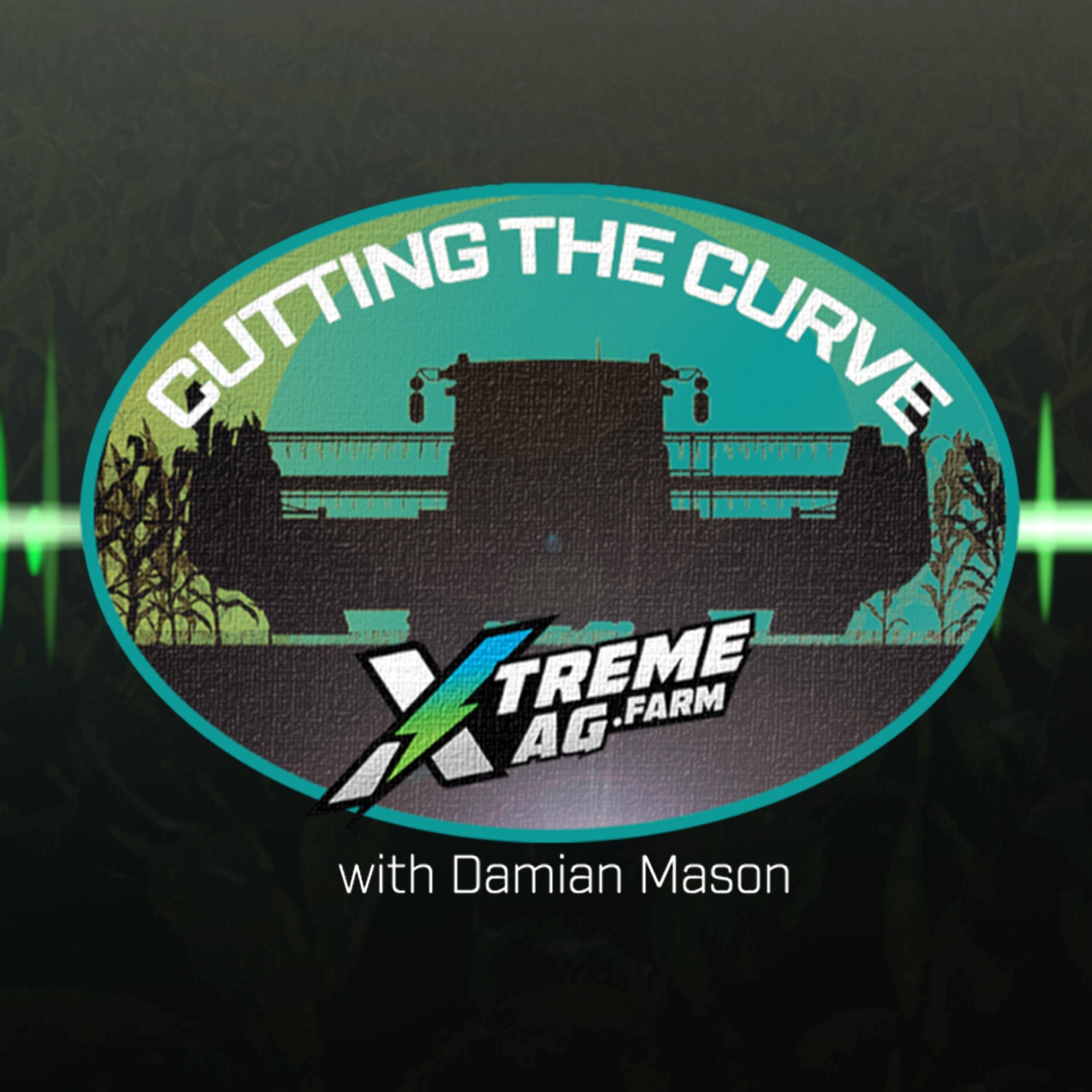
Education
Business
XtremeAg
XtremeAg’s Cutting the Curve Podcast, one of the best farming podcasts in America, hosted by Damian Mason. In each episode, top American farmers share their proven strategies for boosting crop yields and improving farm ROI. Learn from farming experts who provide tips on regenerative agriculture, new farm equipment, fertilizer recommendations, agronomy and farm efficiency. Whether you want to improve your crop yield for corn or soybeans, explore sustainable farming practices, or optimize your nutrient management, the Cutting the Curve Podcast delivers insights you can apply to your farming operation today. Stay ahead of the curve in the ever-evolving world of agriculture.
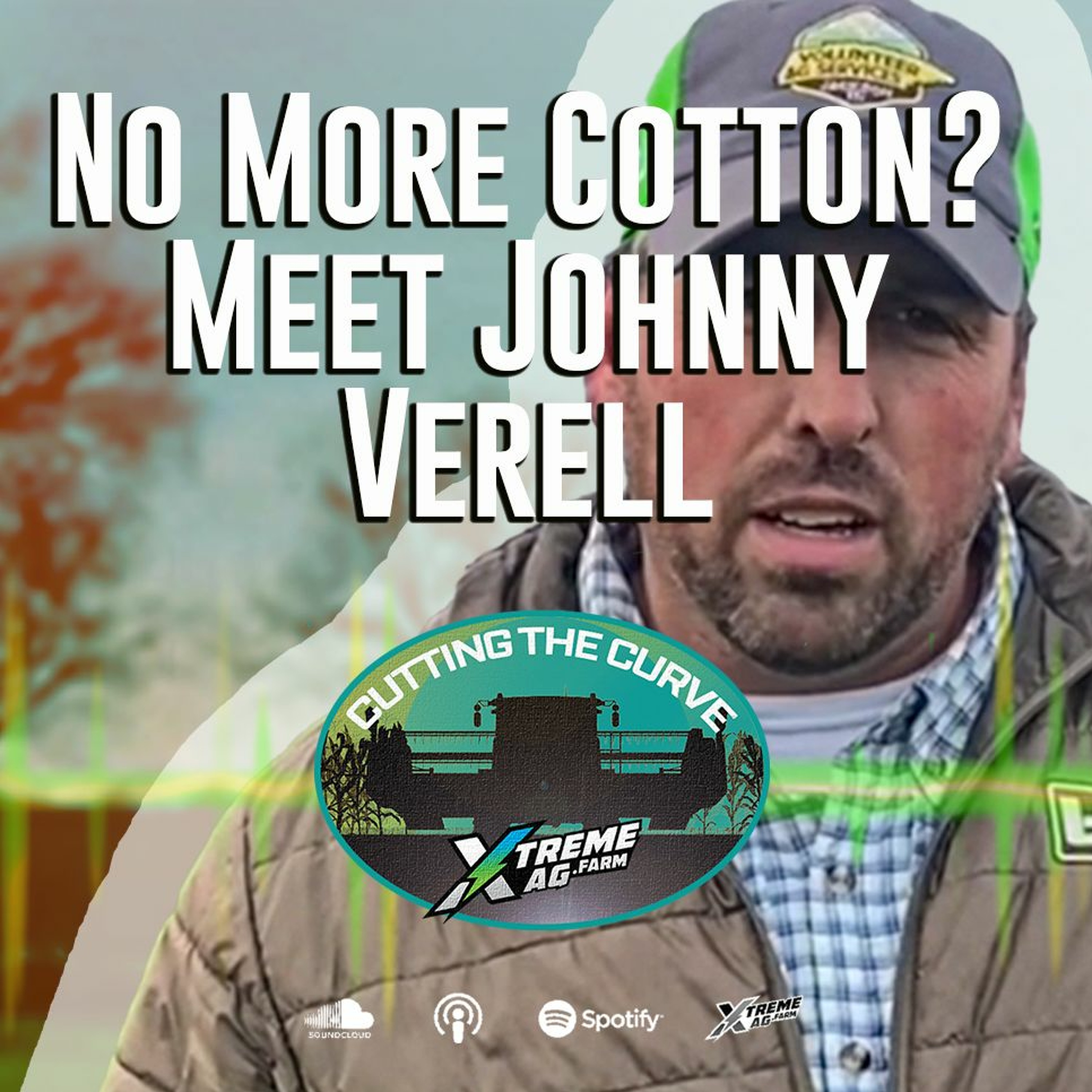
No More Cotton? Meet Tennessee Farmer Johnny Verell
Johnny Verell left his Jackson, Tennessee farm to attend Murray State University at his grandfather’s insistence. “He said I couldn’t farm if I didn’t go to college,” Johnny says. He returned to the farm and now runs the 3rd generation operation along with his dad. The family made a major decision in 2006 when they quit cotton. Johnny explains that business decision and his operation. He also shares the 3 subjects he’s learned the most about from XtremeAg as well as the subjects on which he intends to contribute to XtremeAg’s followers.
Presented by Advanced Drainage Systems with Support from Agricen
31:1305/01/2023

Adjusting The Acreage Mix For 2023
Last year, Kelly Garrett planned to plant more soybean acres than corn. He didn’t end up doing that, nor did he dabble more in soybean following soybean acres. Why did he change his cropping mix plans? Economics. Heading into 2023 it’s once again economics that are driving his decision to ramp up corn acres at the expense of beans — to the tune of a 65-35% split. Kelly explains the adjustments he’ll be making — from increased man power to managing residue and insecticide treatments — to boost output and profits with more corn acres in the rotation.
Presented by Agxplore
19:4903/01/2023
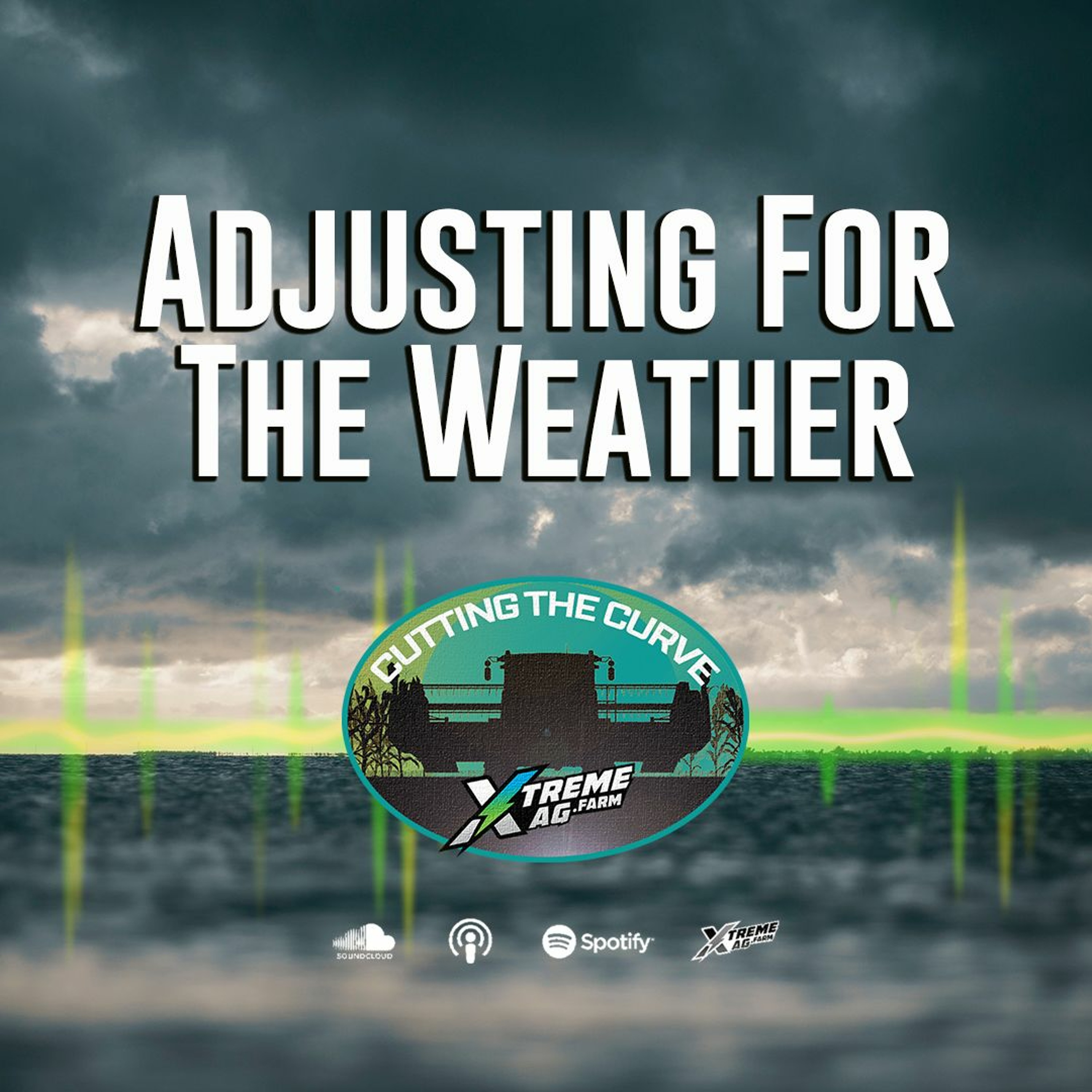
Adjusting For The Weather
Farmers love talking about the weather but to be successful in Agriculture you’ve got to do more than just talk, you gotta adjust. Matt and Layne Miles discuss the weather challenges they dealt with in crop season 2022. The third hottest summer in Arkansas weather keeping history followed by huge late summer rains created some problems. Complaining won’t make you money. Or, as Matt Miles says, “We’ve got to find a way to stop blaming the weather for our failures.” Listen to what adjustments Miles Farms made for lessons on how you can salvage a bad weather season.
Presented by AgXplore with support from Agricen.
36:4022/12/2022
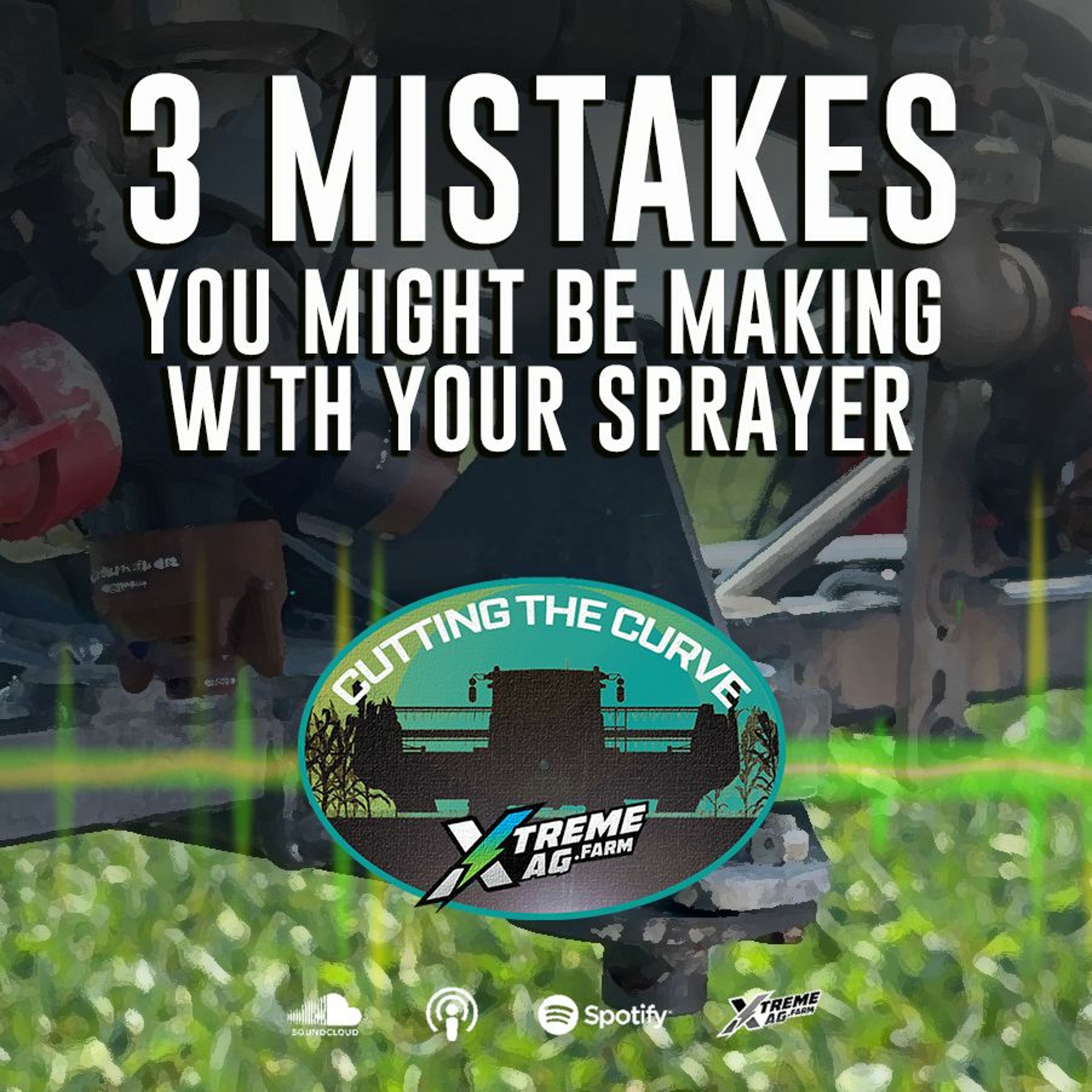
3 Mistakes You Might Be Making With Your Sprayer
Your sprayer is an expensive piece of equipment that gets plenty of use deploying expensive crop inputs. With all that money involved, it’s important to prevent costly mistakes that can be remedied very inexpensively. Nick Fleitz, Agronomist with Pentair explains three mistakes — worn nozzles, fine droplets, and sprayer contamination — that could very well be robbing yield. Then, Nick outlines the easy fixes that’ll get your spraying dialed in!
Presented by Advanced Drainage Systems with support from Agricen.
The information contained in this podcast is strictly based on the opinions, methods and best practices of the XtremeAg.farm team and does not constitute professional advice. Do not assume these practices will work on your farm. Always consult a professional before making any farming decisions. By listening to this podcast you agree that XtremeAg.farm is not legally liable to any person or business for damages related to the information contained in this podcast.
30:2413/12/2022
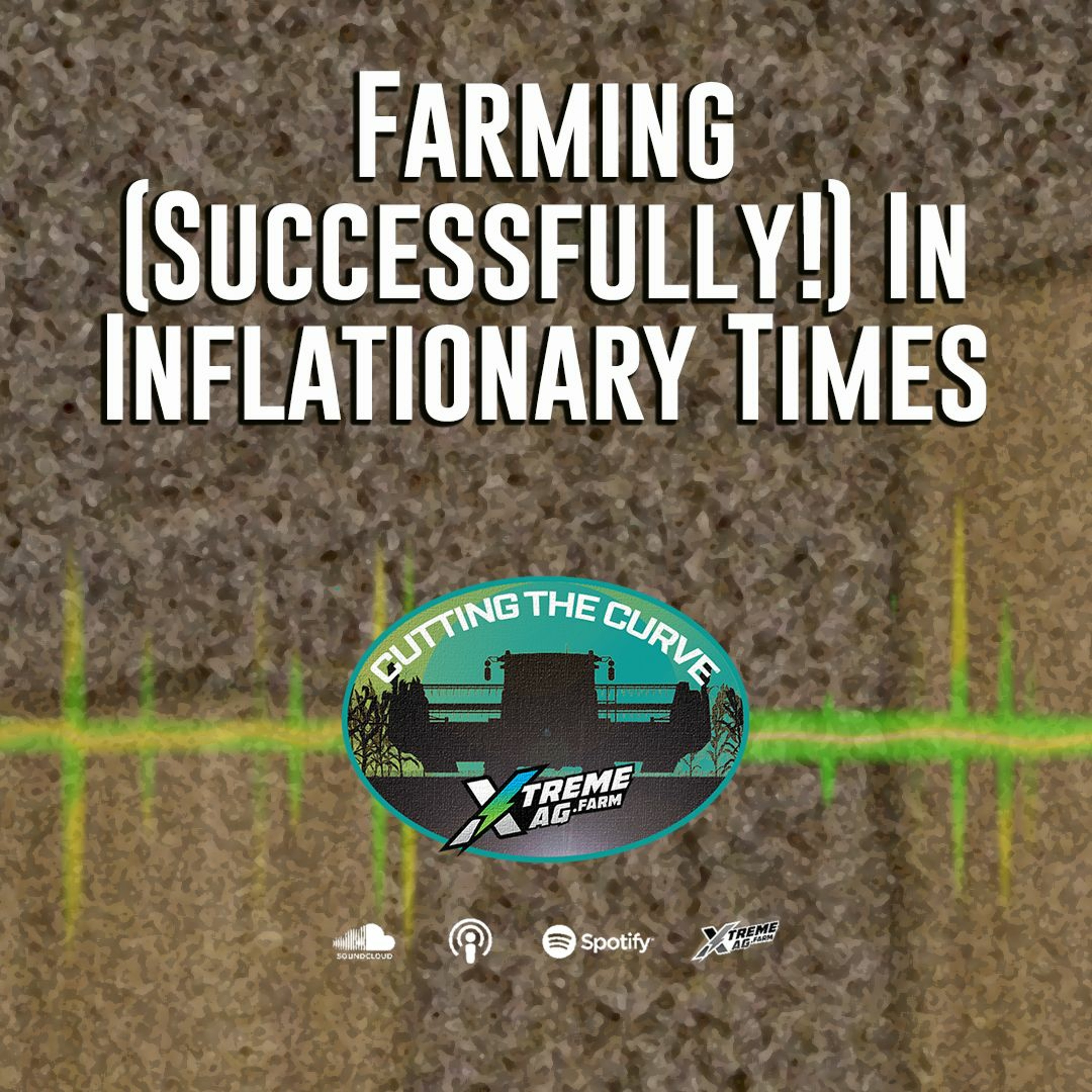
Farming (Successfully!) In Inflationary Times
Inflation is pushing double digits and is likely to continue well into 2023. Ag input prices continue to increase adding to an already existing Ag-inputs pain point from supply chain snarls. From diesel to fertilizer to seed, inflation is increasing the price of every raw material you need to grow a crop. Then there is the issue of interest rates — the cost of borrowed money has doubled and is likely to get even more expensive. To keep your farming operation flowing during these inflationary times you need advice from someone who’s been there and done that. You need Lee Lubbers! Lee shares lessons and insights on how to navigate a financially tumultuous marketplace that many haven’t experienced.
Presented by AgXplore
40:4806/12/2022
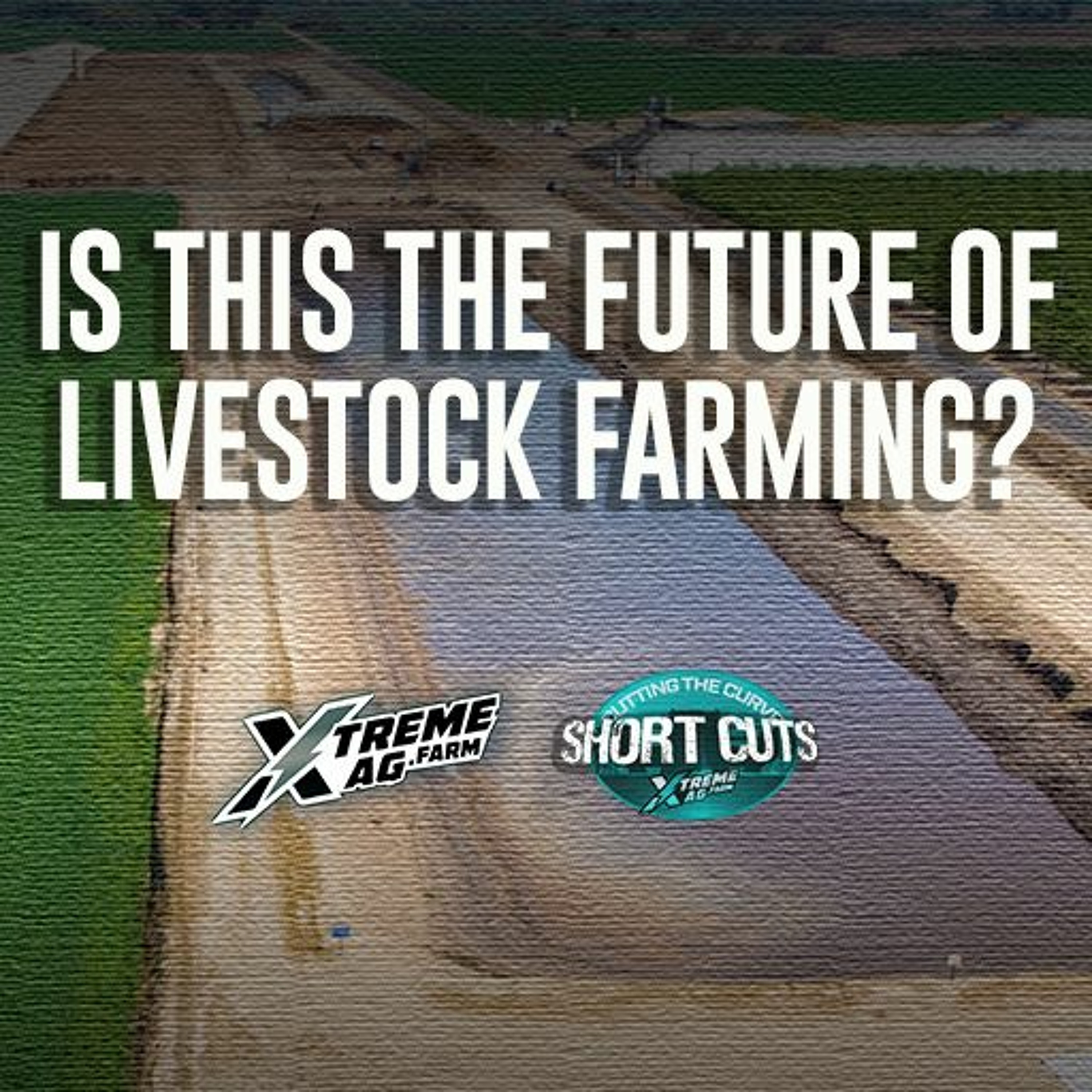
Is this the future of livestock farming?
If you farm a large livestock operation, then you have a lot of free fertilizer, and likely a lot of government regulation around the application of manure and pad runoff as well. Damian talks with Tim Wolf from Netafim and Kurt Grimm from Nutradrip about a subsurface drip irrigation solution that captures and sends the free, high-nutrient effluent water directly into the root zone of crops in surrounding fields for use as fertilizer.
07:3405/12/2022
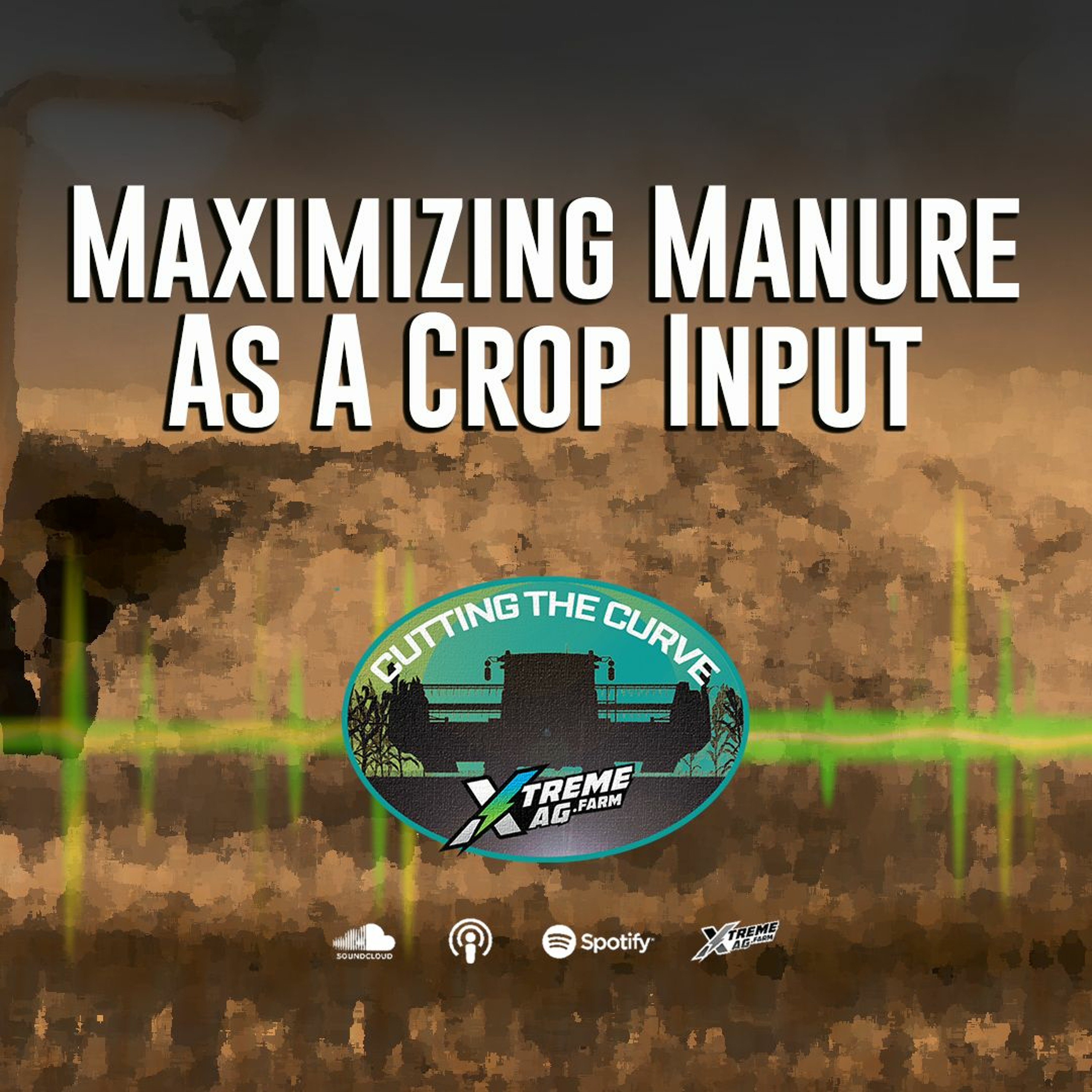
Maximizing Manure As A Crop Input
With elevated fertilizer prices the new norm and even questions of availability of synthetic fertilizers, manure has become quite popular. But what do we know now about manure that we didn’t as recently as a few years ago as it pertains to application rates, nutrient availability, and preserving the nutrients after manure application? Dave Kaltenberg with Agrotech USA sits down for an informative discussion on maximizing manure as a crop input.
Presented by Advanced Drainage Systems
40:1929/11/2022
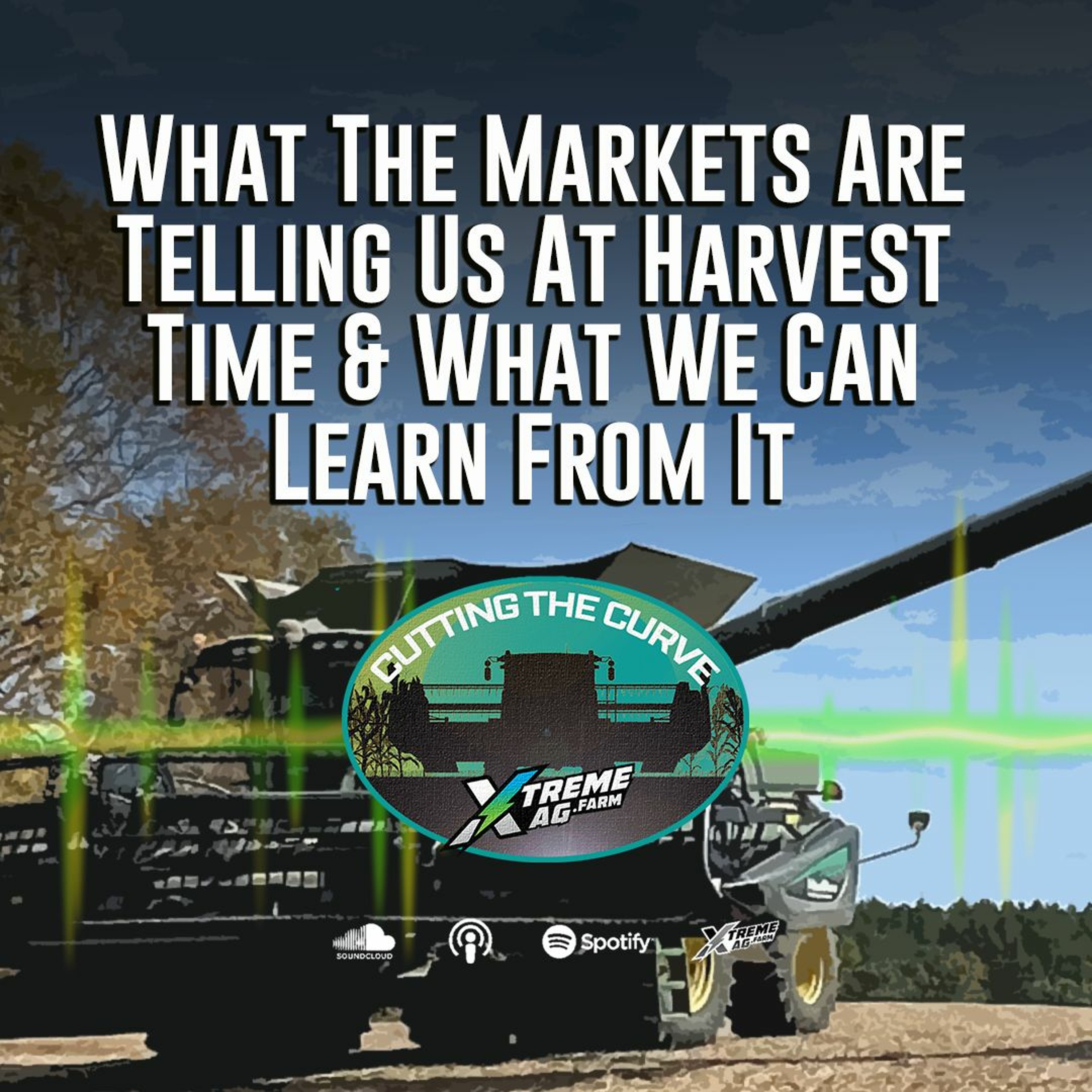
What The Markets Are Telling Us At Harvest Time & What We Can Learn From It
Markets are always a bit volatile but 2022 was more so than average. Corn prices moved up and down by more than 30%, cotton prices dropped by half, and soybeans weren’t always stable. It’s a good practice to look back at what the year taught you in order to make adjustments for greater success in the year ahead. Bryce Guse and Sean Findley with Silveus Financial join XtremeAg’s Layne Miles to discuss 2022 surprises, predictions made right and wrong, and strategies that worked.
The risk of loss in trading futures and/or options is substantial and each investor and/or trader must consider whether this is a suitable investment. Past performance, whether actual or indicated by simulated historical tests of strategies, is not indicative of future results.
40:5422/11/2022

Geographical Differences
Does it matter where you farm? Or is it just the soil that matters when choosing the right inputs? Damian talks with Mike Evans and Stephanie from Agroliquid about geographical differences and how that changes the way you farm.
13:2521/11/2022
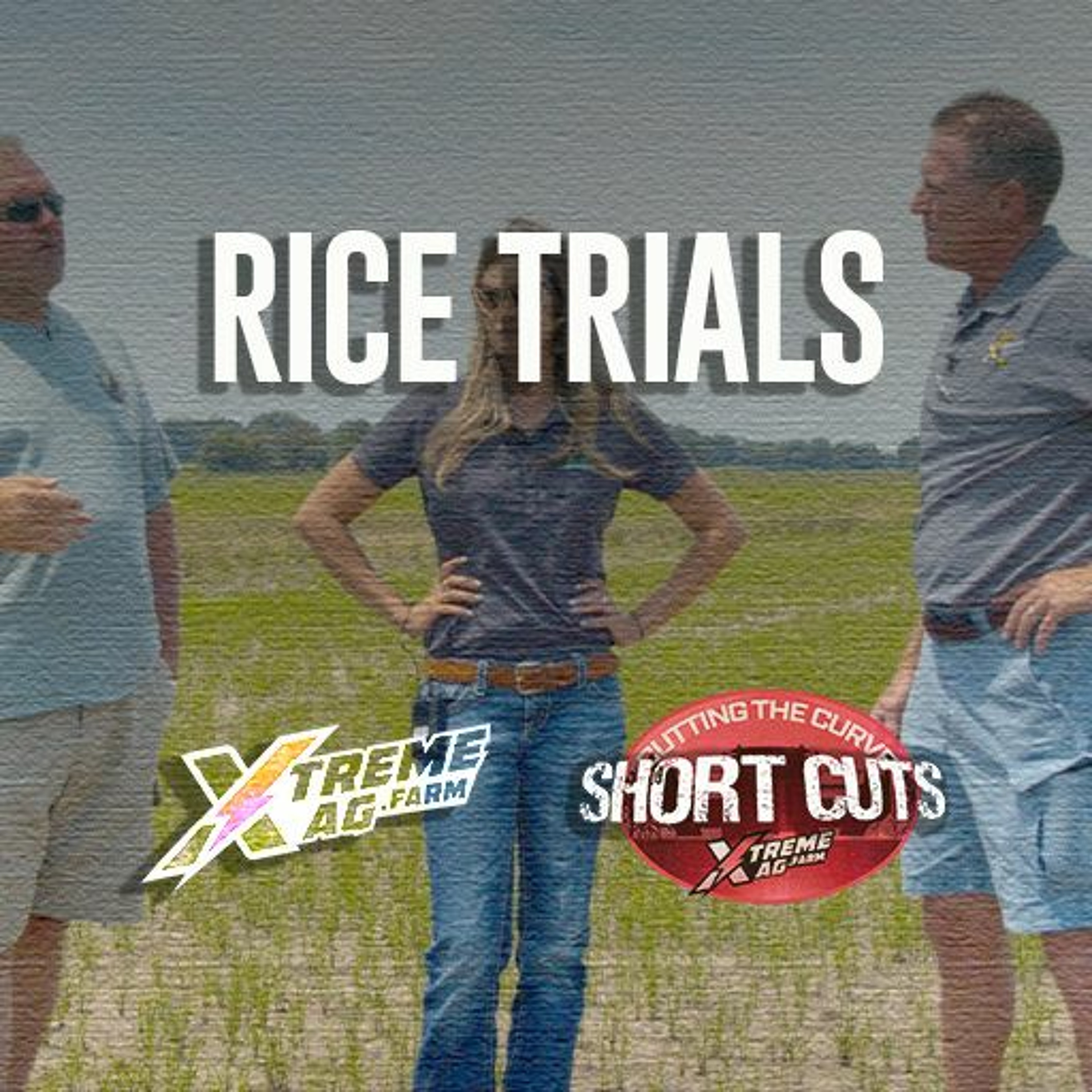
THE RICE TRIAL
Damian talks to Robb Dedman and Molly Alexander from Agroliquid about a foliar trial that they are conducting on their rice fields.
11:1116/11/2022
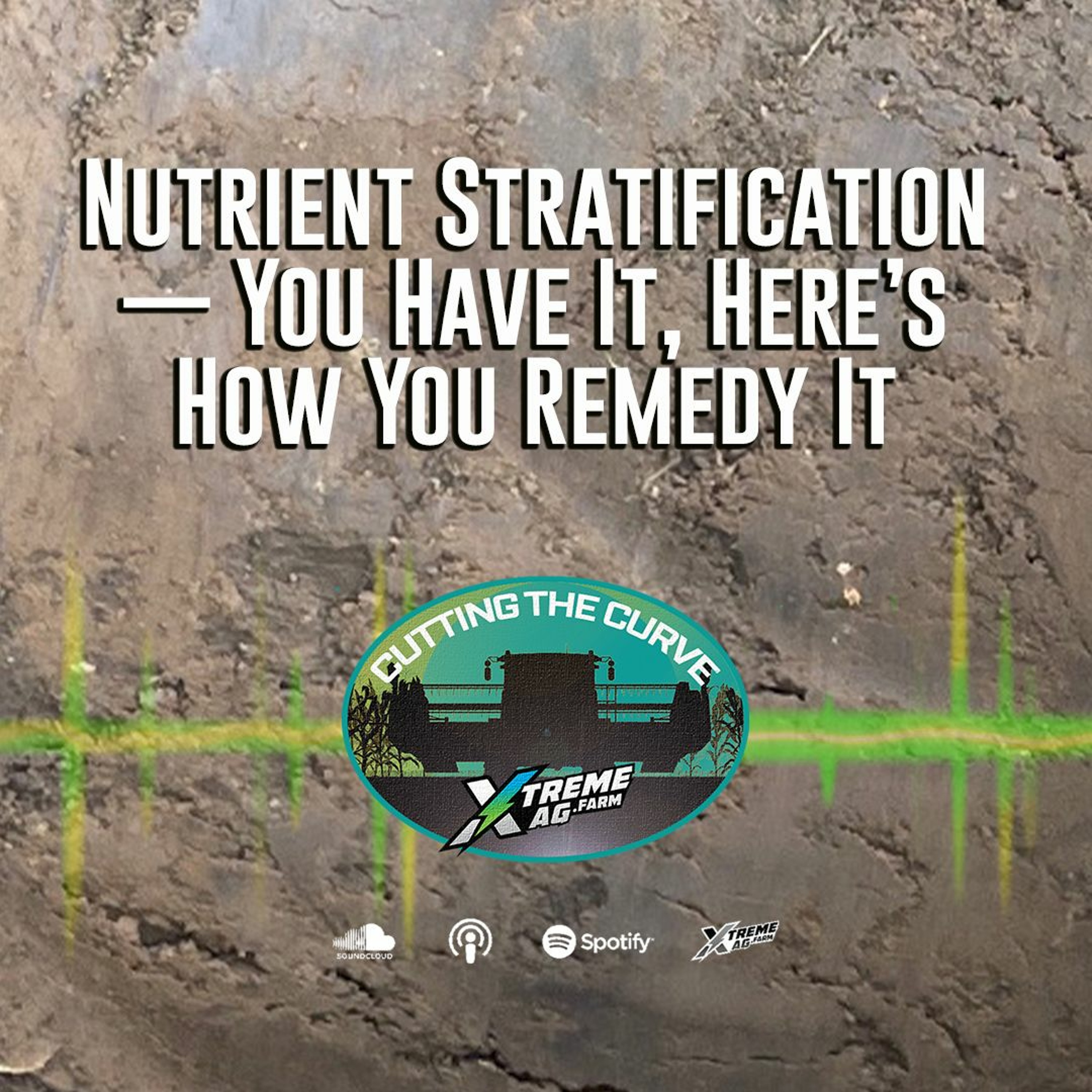
Nutrient Stratification — You Have It, Here’s How You Remedy It
The smarter we get the more we realize we don’t know, or at least, didn’t know. So it goes with nutrient stratification in your fields. The traditional (easy) answer has been to throw more fertility at the problem, but as XA's Kelly Garrett says, “I believe we often times have more than adequate fertility, it’s just not where it needs to be or readily available.” And that pretty much sums up the stratification problem — your top few inches of soil are ripe with fertility, but the water and uptake roots are deeper where there’s a nutrient void. Shaun Guthmiller with Concept Agritek explains how to diagnose and remedy nutrient stratification.
Presented by Advanced Drainage Systems
28:2615/11/2022

The Results Are In and Residue Cost Kelly Yield
Twice this season — in spring and during summer — we checked in with Garrett Land & Cattle Agronomist, Mike Evans about residue problems on some of their fields. This time we hear from Mike as well as Kelly Garrett with harvest results. Turns out residue build up in certain parts of the farm cost them yield due mostly to poor emergence and a thin stand. You can’t change the weather but you can adjust your practices and your product line up. Mike and Kelly share their takeaways and strategy for residue management in 2023.
Presented by AgXplore
15:5708/11/2022

Where To Spend That Last Dollar?
You've gotten your Crop into the last stages of the season, do you stop pushing it to the end? Damian Mason talks with Robb Dedman, Temple Rhodes and Agroliquid's Galynn Beer about how to spend that last dollar. It might be the best investment you make all season. Or it might not.
10:4903/11/2022
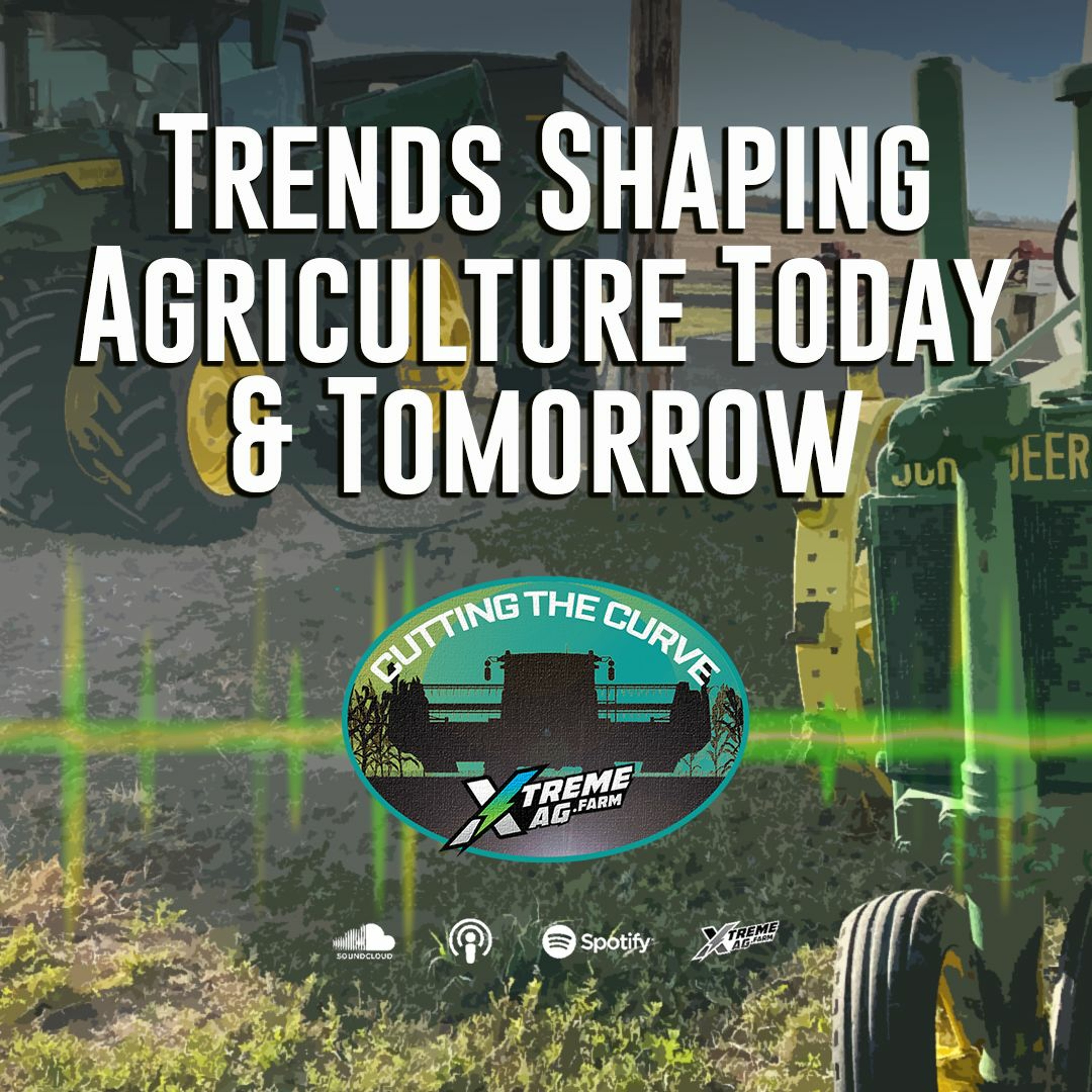
Trends Shaping Agriculture Today & Tomorrow
Are biologicals the next wave in the evolution of farming? Will drones replace aerial applicators? What’s the future of fertility look like? How did crop input shortages change production Ag? Trey Curtis, CEO of Concept Agritek joins Damian Mason to discuss trends impacting Agriculture today and tomorrow.
Presented by Advanced Drainage Systems
31:4301/11/2022

Shrinking Grid Size To Diagnose A Soil Problem
In the past decade or two, soil sampling evolved from pulling a few plugs of dirt from each field to doing so on a grid. Grid sampling — if you’re unfamiliar — means gridding your field into blocks of 5 acre or even 2.5 acres. The more samples from each field, the better to more accurately prescribe your crop inputs. But sometimes dividing your field into 2.5 acre chunks isn’t small enough to straighten out a stubborn problem. Agronomist Robb Dedman and Layne Miles of Miles Farms explain why they sometimes shrink their soil samples to 1 acre blocks in order to diagnose yield problems for which they can’t seem to find the culprit.
Presented by Advanced Drainage Systems with support from Agricen.
24:1727/10/2022

Do your Soybeans Have Enough Nitrogen?
Mike Evans doesn’t think soybeans get enough nitrogen. He talks about what they are doing with their soybeans to increase the amount of available Nitrogen through a trial with Sound Agriculture's Source.
07:1525/10/2022
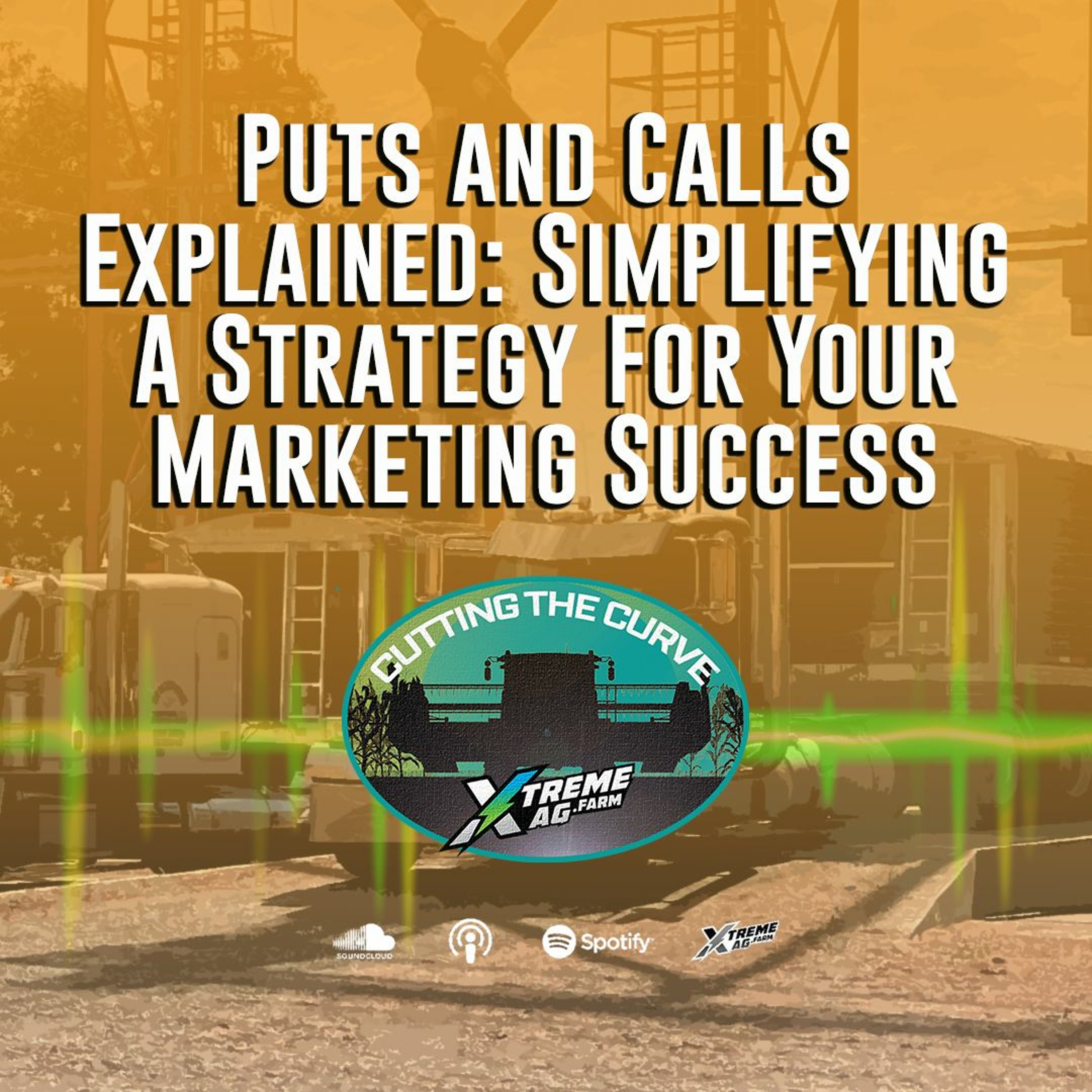
Puts and Calls Explained: Simplifying A Strategy For Your Marketing Success
What’s the difference between a put and a call option and when should you use them? That’s the subject of this discussion with Layne Miles and the guys from Silveus Financial. If commodity marketing is your strength, this episode will be a refresher course. For the rest of us who get a bit overwhelmed by the complexity of commodity markets, this is an excellent explanation of how to use puts and calls to protect your downside or enhance your potential profit upside.
The risk of loss in trading futures and/or options is substantial and each investor and/or trader must consider whether this is a suitable investment. Past performance, whether actual or indicated by simulated historical tests of strategies, is not indicative of future results.
31:1611/10/2022

Are you losing yield in your water?
Is your water source working against your fertility plan? If you you have irrigation on your farm, you likely sleep a little better at night knowing that you have some control over stress levels of your crop throughout the season. But, as Kelly and Mike discovered, the EC of their water was a pretty big yield limiter for them. They talk about how they are using biologicals as part of the solution.
17:0310/10/2022

Foliar Application to Corn at Black Layer? Send It!
There comes a time each season when you look at your fields and say, “this crop is made, nothing from here on will change the yield.” But what if we’ve been wrong about that and it’s not too late? What if another pass — even if it’s only a month or so before the combines roll — could make a meaningful difference to yield for a small price? Chad Henderson and Temple Rhodes experimented with late (late!) season corn applications with a mix of fertility products, fungicide, insecticide, plant growth regulators, and sugar. The results were impressive. Chad and Temple explain their experiment and why they intend to “send it” again next year!
Presented by AgXplore
38:3206/10/2022

Biologicals in Wheat
Lee Lubbers is all about soil biology. He is also consistently one of the top wheat producers in the country. Damian talks with Lee and Brian and Brad from ProFarm (formerly Marrone Bio Innovations) about how he uses biologicals in his wheat crop to not only deliver higher yields, but to keep his soil full of life.
11:0630/09/2022
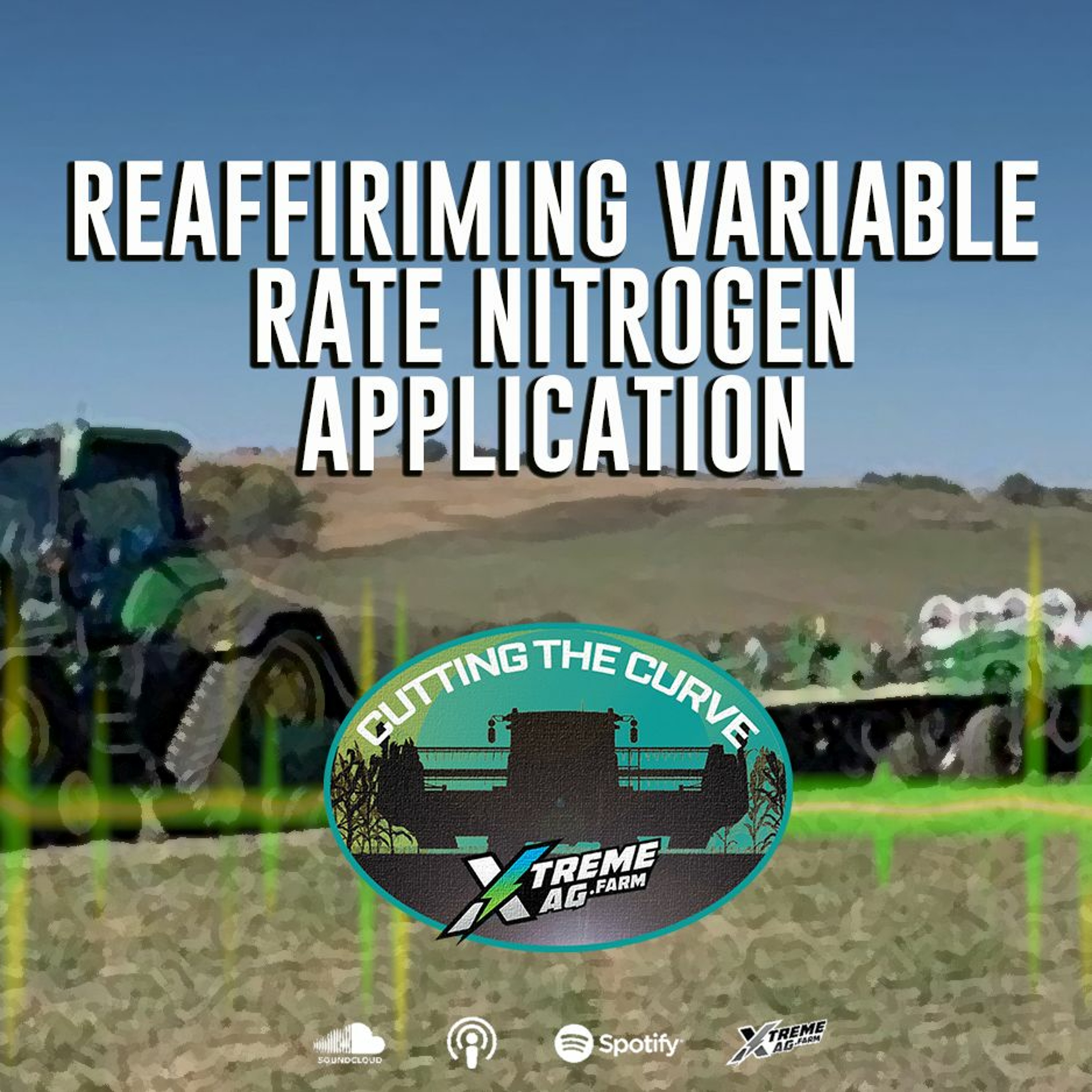
Reaffirming Variable Rate Nitrogen Application
Here at XtremeAg we like to point out ideas and products that work so effectively, they become standard practice. Sometimes you need to prove to yourself that your standard operating procedure is still viable. Kelly Garrett and his agronomist Mike Evans did that this year when they varied from their standard practice of applying variable rate nitrogen. The results: A 12 to 15% yield drag. The two explain why they’ll never do flat rate “N” applications again and other lessons.
Presented by AgXplore
20:2028/09/2022

Hybrid Agronomy
Kevin takes the opportunity to learn from 36 years of agronomy expertise when he talks to Leslie Lloyd, agronomist for Agrigold. An in depth conversation about hybrids, diseases, fungicide responses, application timing, stalk strength, drought stress, kernel depth, row spacing, population, when to combine and perhaps most importantly, a trick for keeping the gnats away.
-----
The information contained in this video is strictly based on the opinions, methods and best practices of the XtremeAg.farm team and does not constitute professional advice. Do not assume these practices will work on your farm. Always consult a professional before making any farming decisions. By viewing this video you agree that XtremeAg.farm is not legally liable to any person or business for damages related to the information contained in this video.
23:2622/09/2022
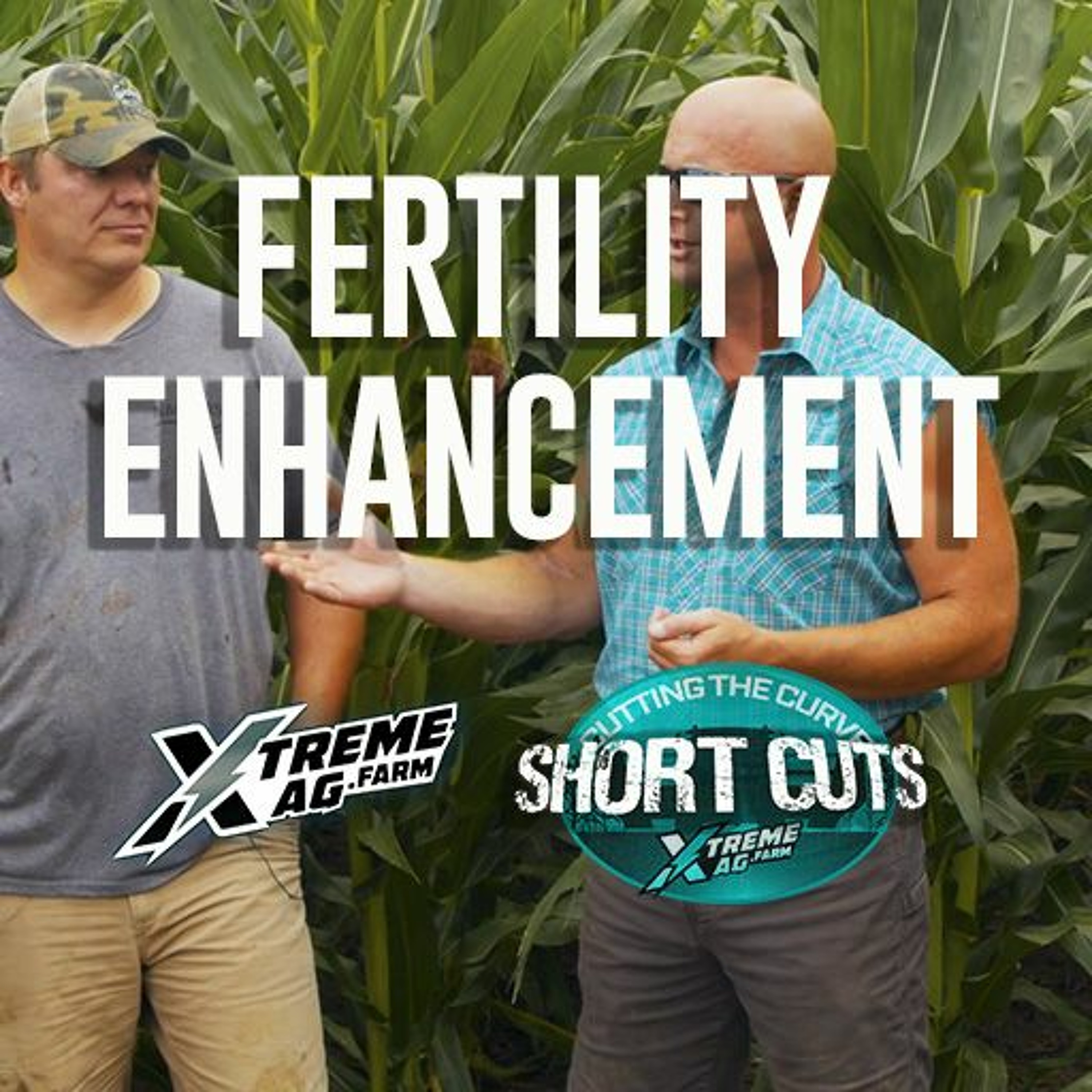
Keeping fertility Rates up with Less Product?
After doing a total soil digestibility test, Kelly and Mike were surprised to see the amount of fertility that was in their soil. They don’t need more fertility, they need more availability. That is why they are experimenting with a sort of "fertility enhancer" from Sound Ag.
10:1620/09/2022
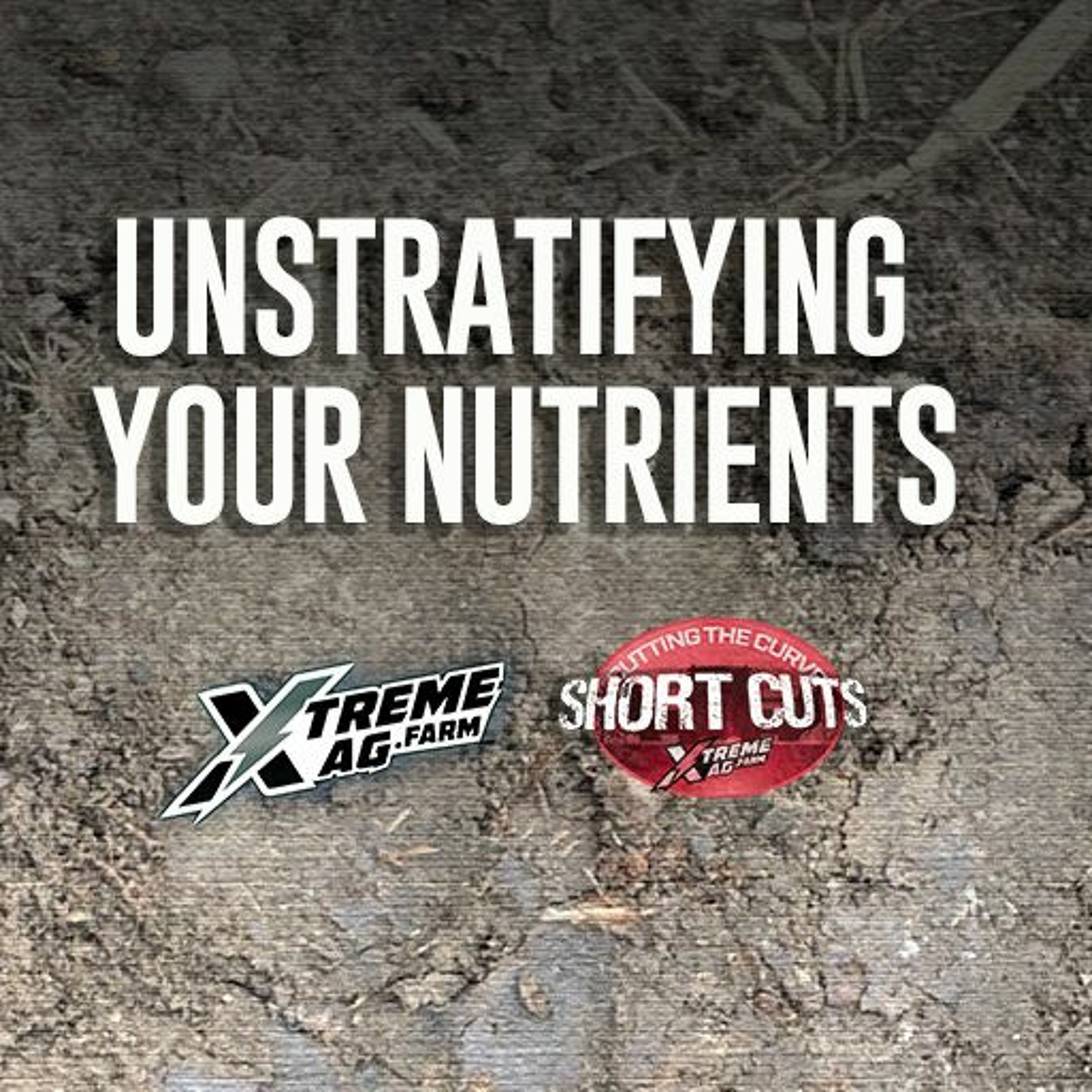
UNSTRATIFYING YOUR NUTRIENTS
Water, oxygen and biology help break down and move nutrients into the root zone for uptake by plants. But it is not always a free flow of nutrients throughout the soil, in fact it is often not. So how do you get the nutrients that are below the root zone into the root zone and into the plant? Kelly and Mike talk about how they are "unstratifying their nutrients" with some help from Concept Agritek's Shaun Guthmiller.
----
The information contained in this video is strictly based on the opinions, methods and best practices of the XtremeAg.farm team and does not constitute
professional advice. Do not assume these practices will work on your farm. Always consult a professional before making any farming decisions. By viewing
this video you agree that XtremeAg.farm is not legally liable to any person or business for damages related to the information contained in this video.
11:4219/09/2022
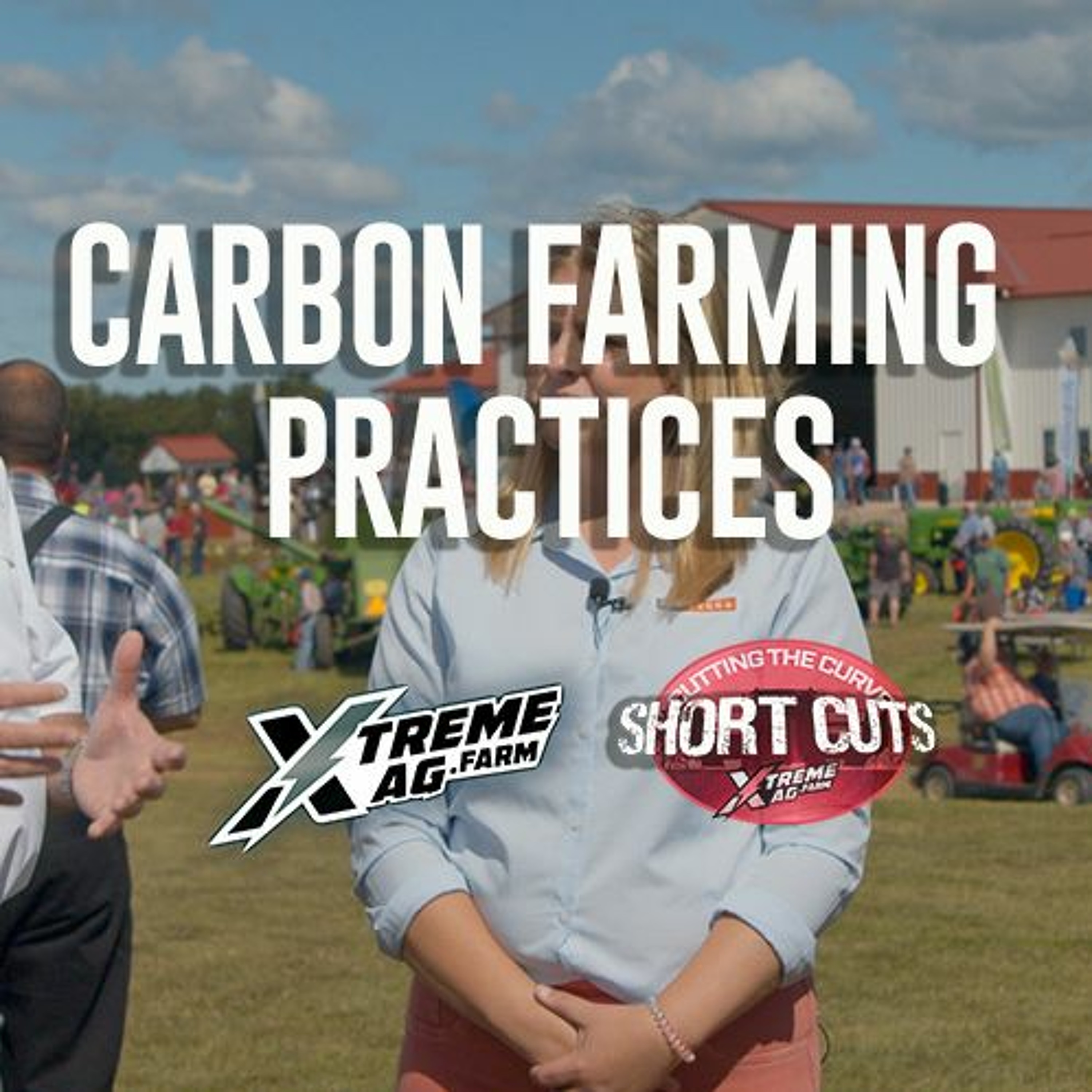
Carbon Farming Practices
Kelly talks about the practices he is doing on his farm that make him money in the carbon marketplace. He also talks with Mariah from Truterra about the other marketplace opportunities besides carbon credits that are coming down the pike soon.
08:4318/09/2022
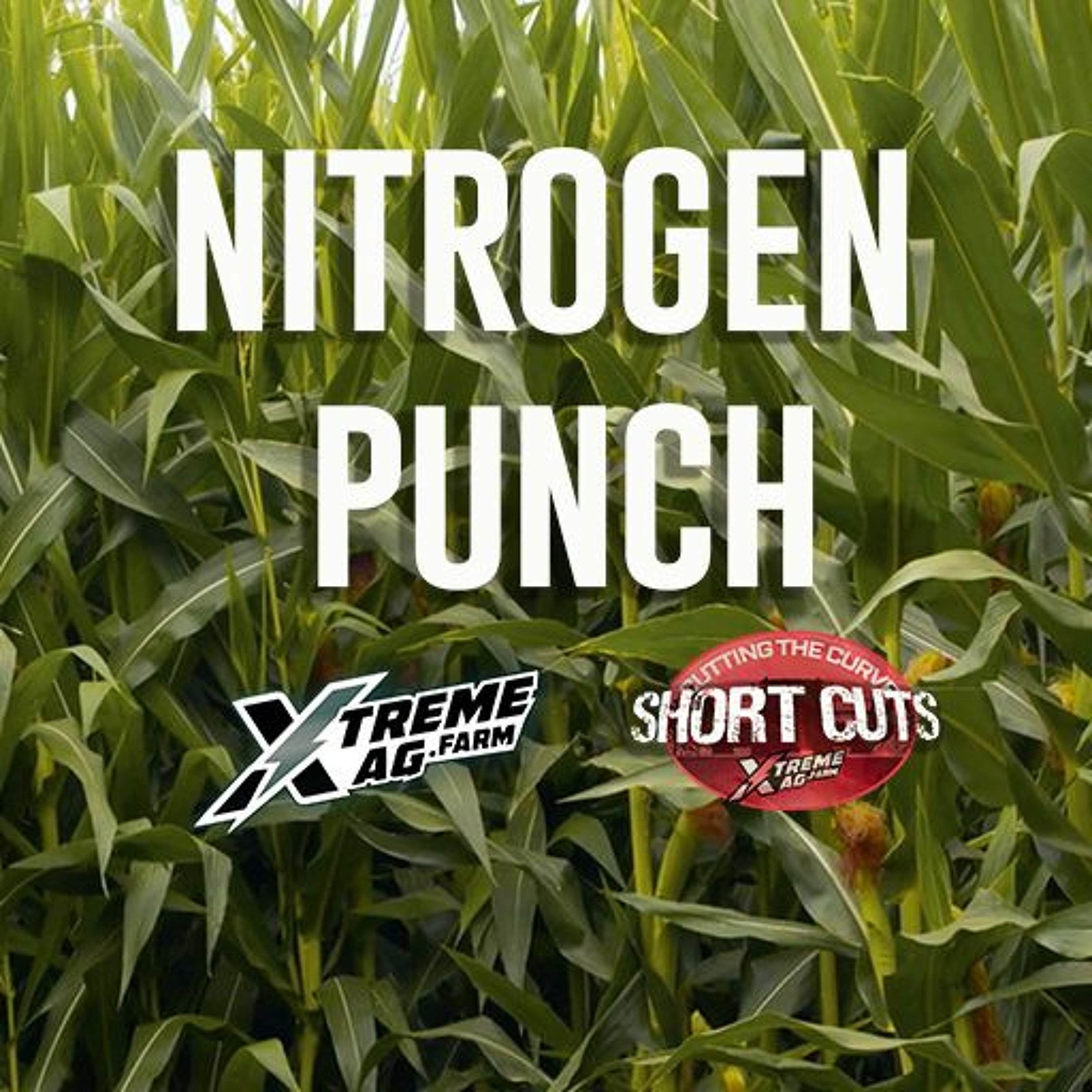
Nitrogen Punch
Kelly Garrett had a plan to go heavy on soybean acres in 2022. But that changed in a matter of days when he made the decision to switch 500 acres from beans to corn just a few weeks before the season. This presented a problem since these fields had no fall applied nitrogen on them. Mike Evans turned to a new product from SoundAg that is designed to pull more plant available nitrogen out of the soil.
11:2316/09/2022
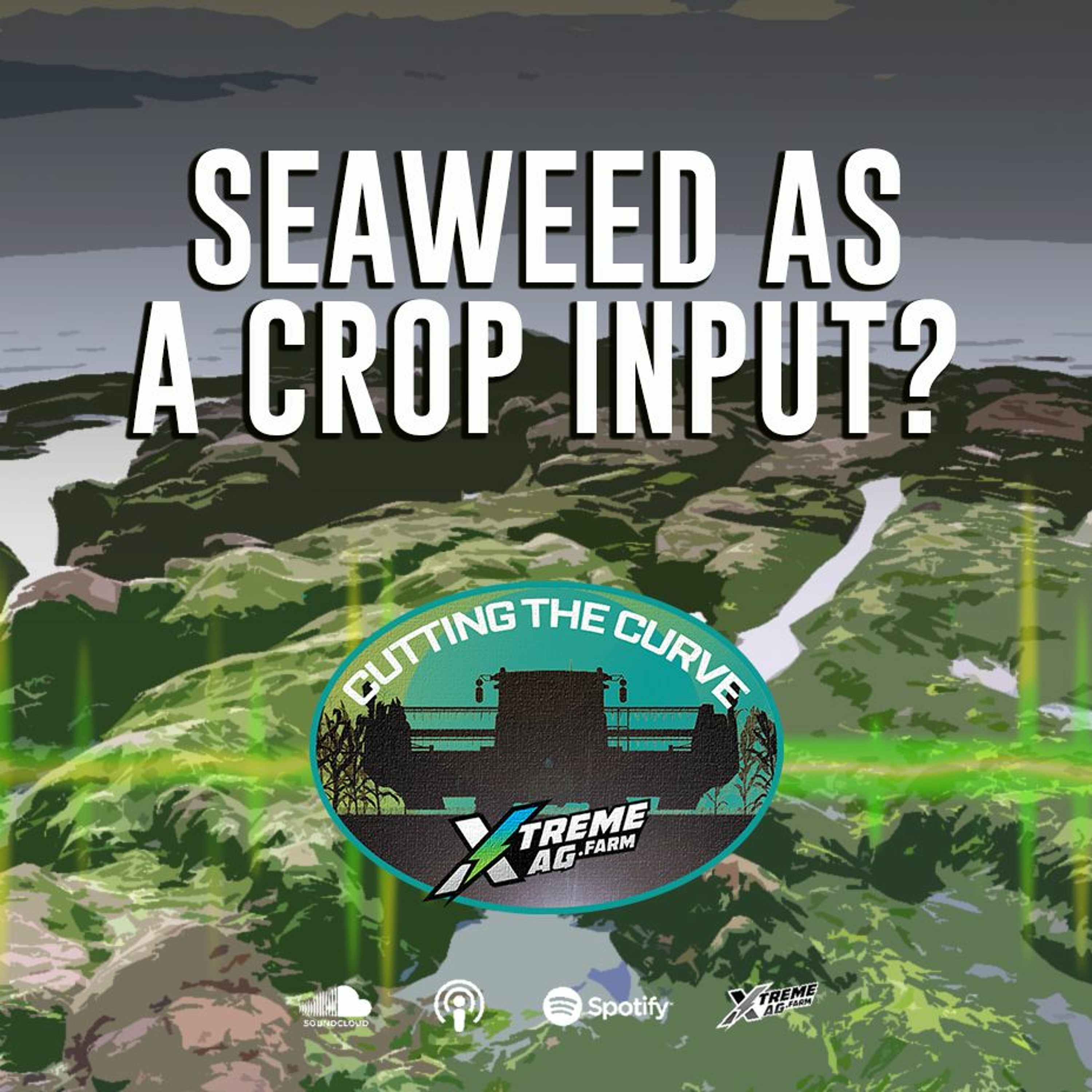
Seaweed As A Crop Input?
You probably didn’t realize this, but seaweed has been utilized as a crop input for 40 or 50 years in some specialty crop production systems. Now, seaweed’s benefits are being discovered and put to work in commodity cropping systems. With several of the XtremeAg guys trialing seaweed-derived crop inputs, it was time to sit down and discuss kelp technology in farming. In short, seaweed helps crops because it thrives in cold, dark, salty environments and it’s good at it — kelp has been in the oceans for millennia! Brian Cornelius, Director of Applied Sciences with Agricen explains the stress mitigation benefits of seaweed.
Presented by Advanced Drainage Systems
28:4014/09/2022
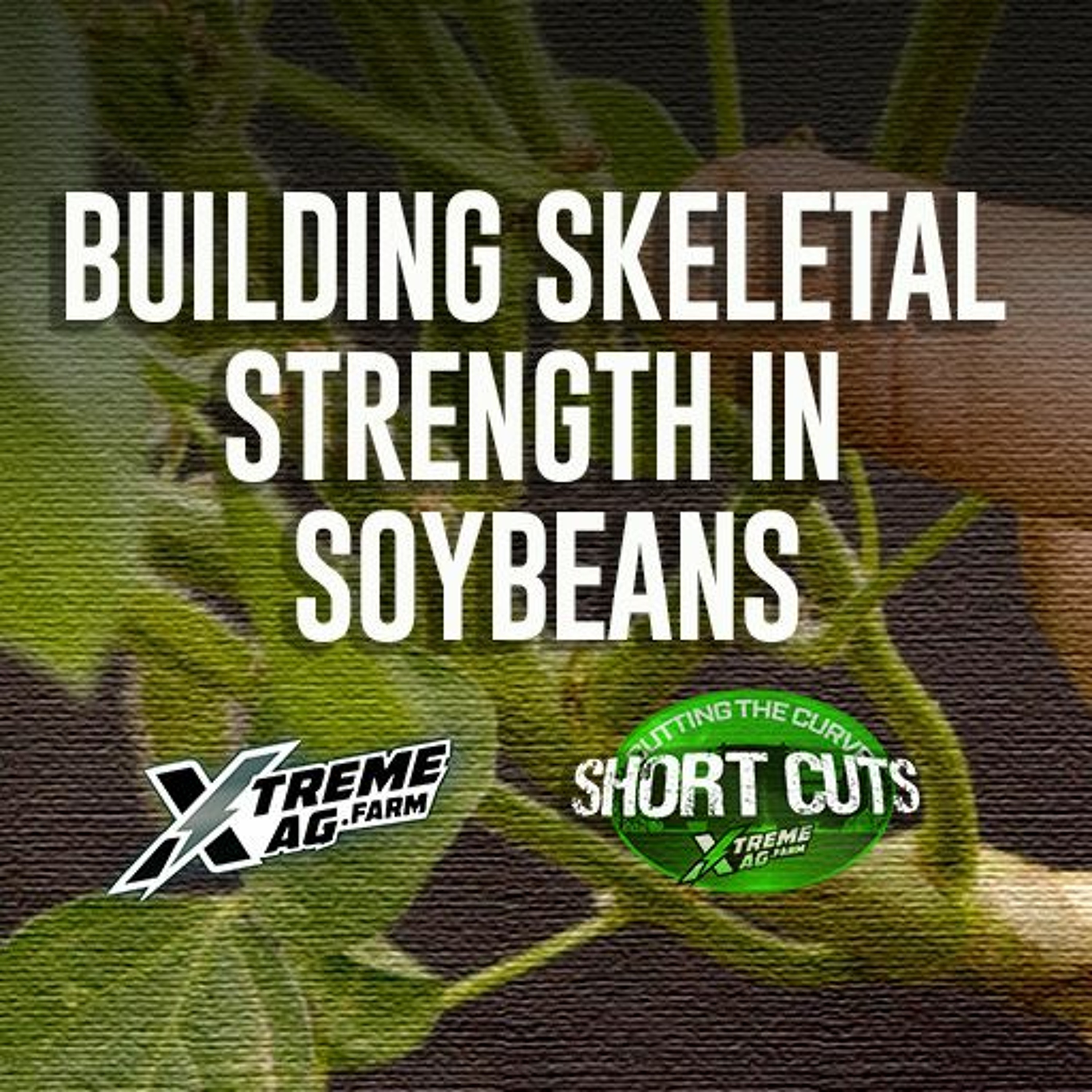
Building Skeletal Strength In Soybeans
Kelly Garrett and Mike Evans have identified that one of the biggest yield limiters for soybeans is branch strength. They have spent a lot of time getting enough fertility into the plant in order to grow more pods, but if the branches can’t hold the pods, that’s a problem. Kelly and Mike talk about the calcium program they are implementing to increase branch strength in their Agroliquid trial this season.
10:1701/09/2022
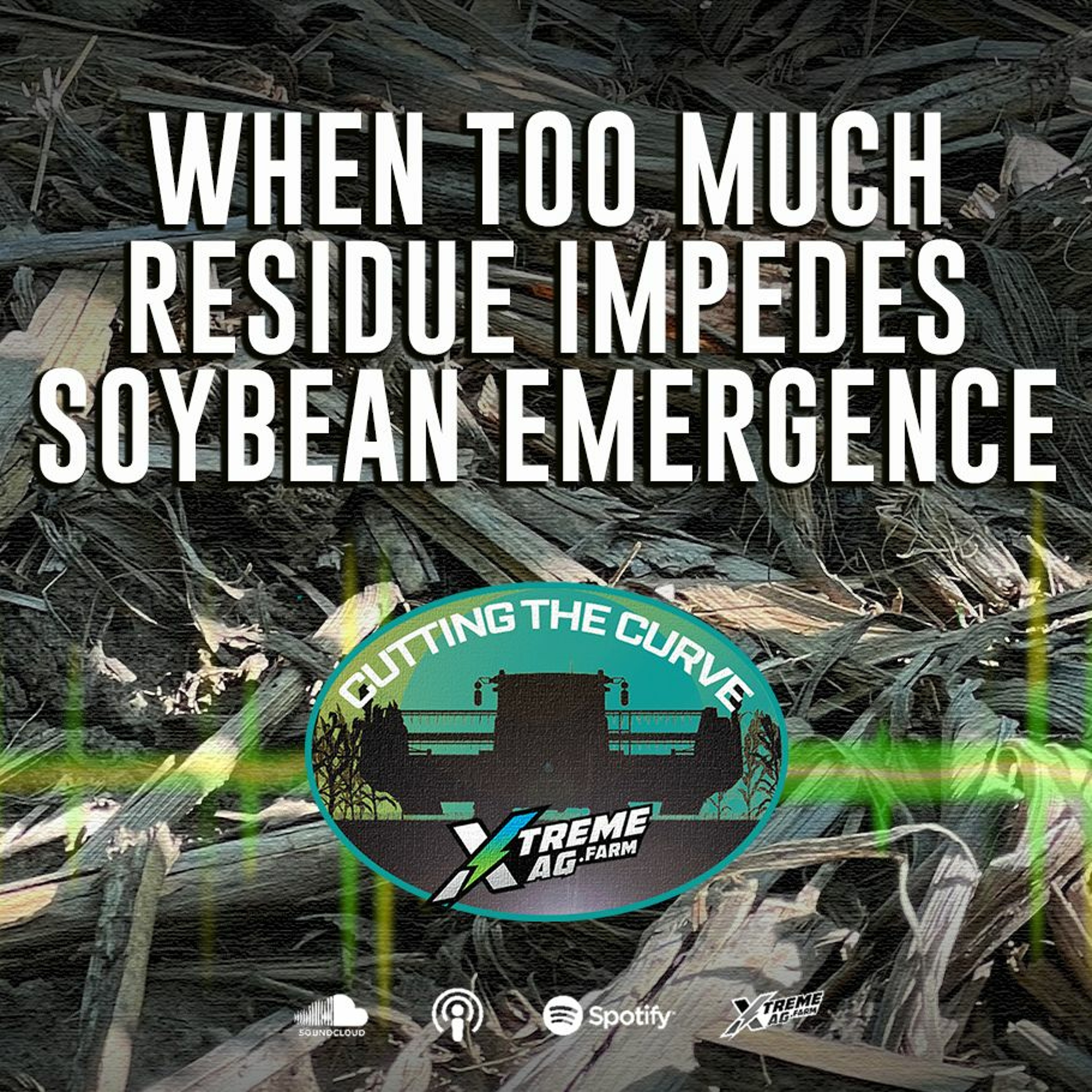
When Too Much Residue Impedes Soybean Emergence
Garrett Land & Cattle is almost completely no-till farming due to sloping fields and Kelly Garrett’s adherence to carbon programs. Being no-till presents emergence problems for soybeans following high yield corn with massive amounts of stalk residue. Mike Evans with Integrated Ag Solutions and Garrett's business partner, explains the challenges faced and lessons learned with this year’s soybean crop planted into high residue acres. What products to apply, when to apply them, and how to set up your planter — good takeaways here for no-till operations struggling with uneven emergence due to residue.
Presented by Advanced Drainage Systems with support from Agricen
25:3729/08/2022
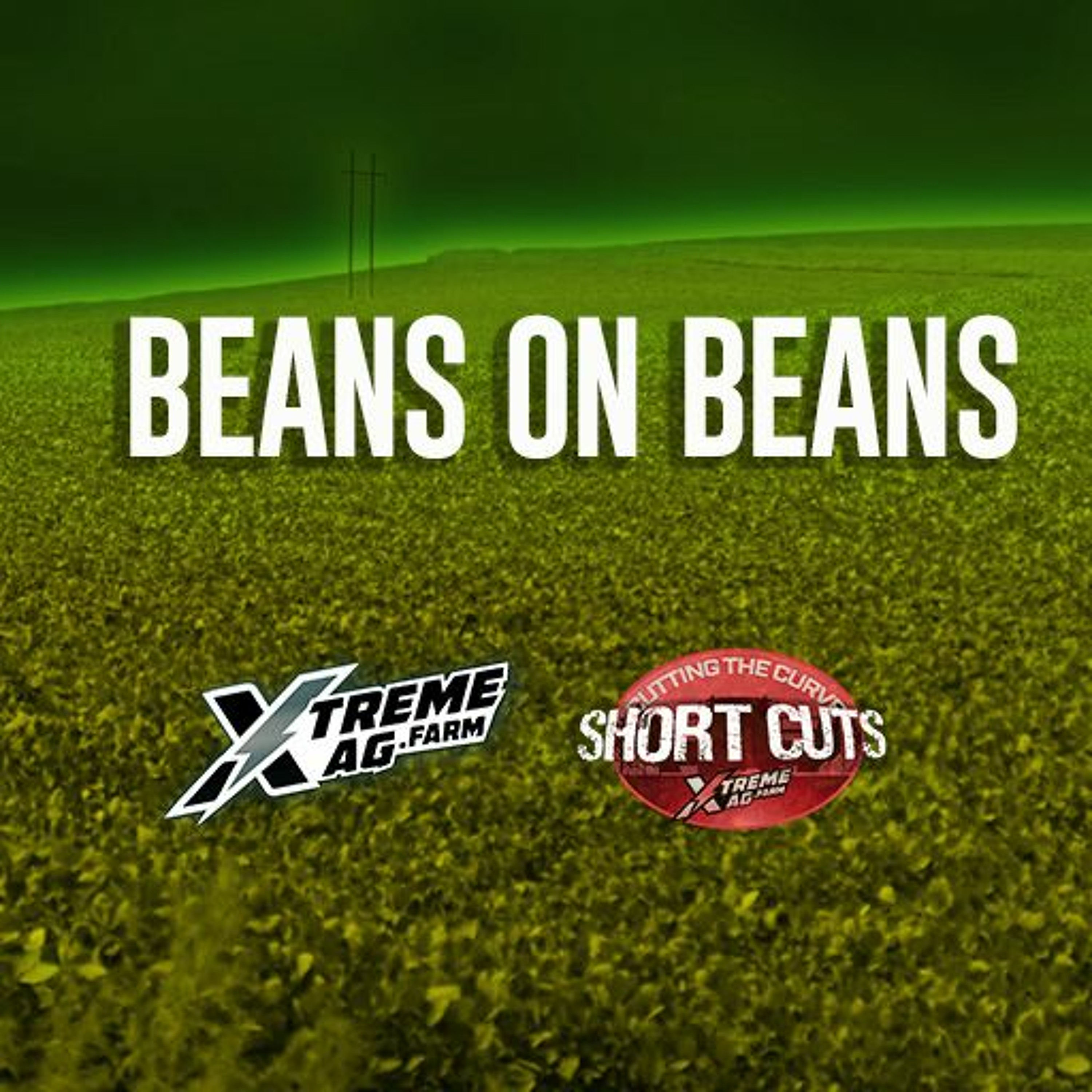
BEANS ON BEANS
The potential for renewable fuels in the future will make soybeans in high demand. That means that US farmers will need to produce more soybeans to keep up with demand. Traditionally, farmers have not grown soybeans on the same ground in back to back years, and there are some good reasons for that. Kelly and Mike from Garrett Land and Cattle talk about their 40 acre experiment to overcome the challenges of growing beans on beans.
12:5125/08/2022
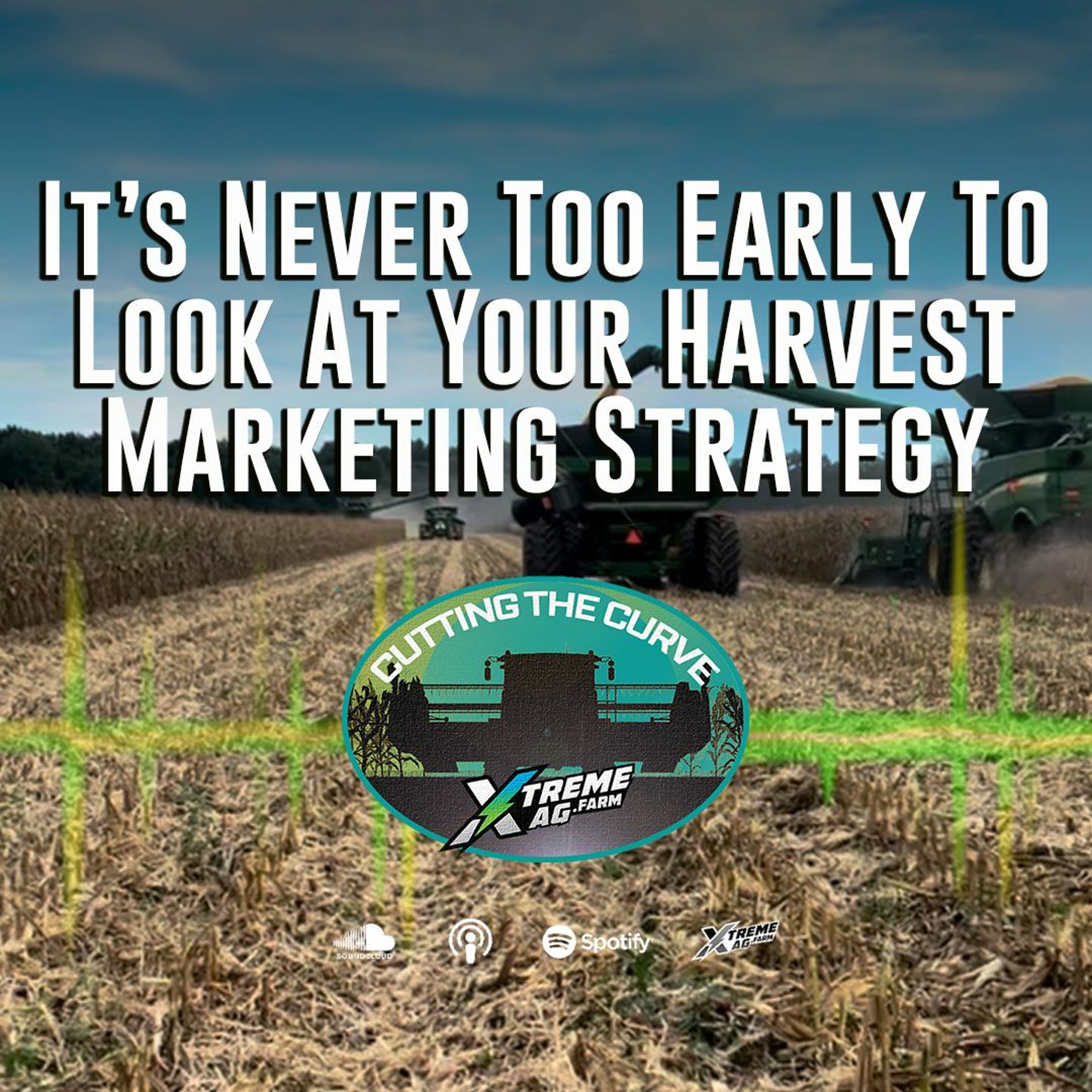
It’s Never Too Early To Look At Your Harvest Marketing Strategy
If harvest time isn’t upon you, it soon will be. So, what is your fall marketing strategy? How sold are you on your commodities at this stage? Are you one third sold, half sold, not sure? Information from the USDA and WASDE August reports didn’t hold a lot of surprises. However, there is still volatility-induced upside and downside that could be costing you money without a proper commodity marketing strategy. Bryce and Sean from Silveus Financial explain strategies to protect your farm and increase your profit.
The risk of loss in trading futures and/or options is substantial and each investor and/or trader must consider whether this is a suitable investment. Past performance, whether actual or indicated by simulated historical tests of strategies, is not indicative of future results.
45:1324/08/2022
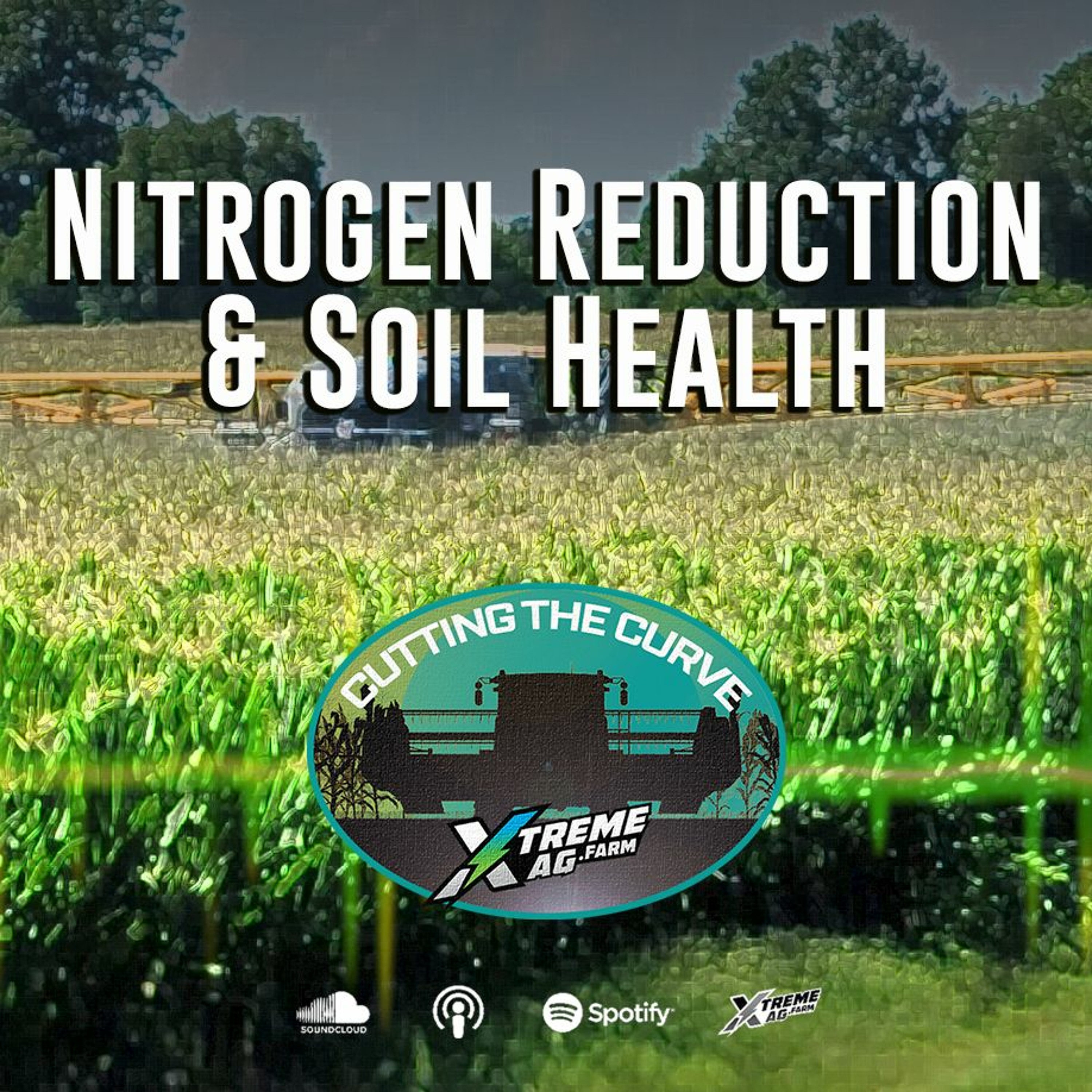
Nitrogen Reduction & Soil Health
SourceCorn is a product proposing this promise: Spend $14 per acre for this foliar applied product and you’ll save more than that in nitrogen application and maintain the same yield (or even do better!). This matters as we increasingly are impacted at the farm level by environmental policy or pressure to reduce our utilization of the big macronutrients — N & P. SoundAg is the company behind SourceCorn. XtremeAg is doing some trial work with the company this year. SoundAg’s VP of sales, Eamon Flood, joins me to discuss soil health and the future of using less fertilizer per bushel.
Presented by Advanced Drainage Systems
31:0814/08/2022
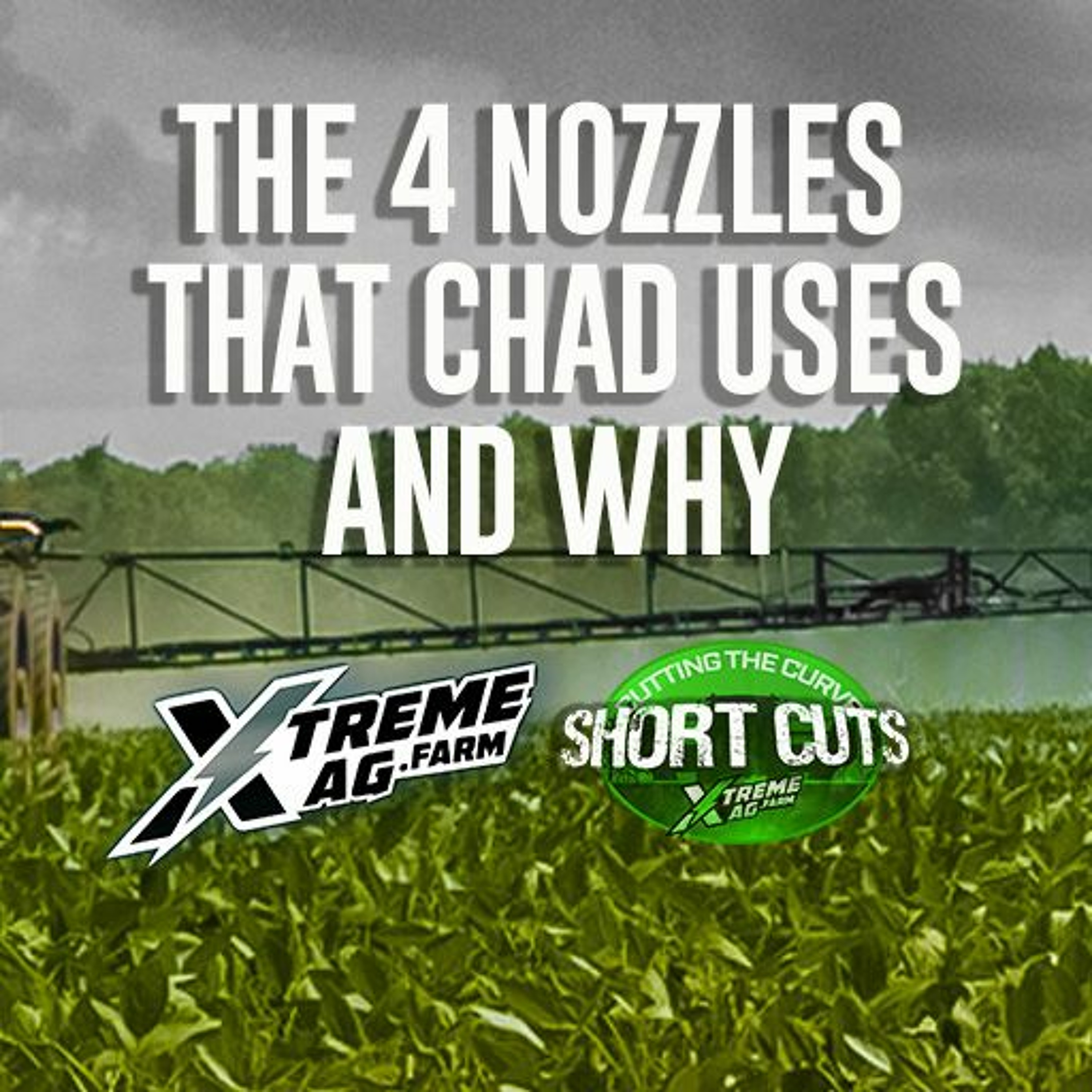
The 4 Nozzles Chad Always Uses and Why
The number of nozzle types/sprayer tips to choose from can be daunting. So how do you know which nozzles are the right ones for the right applications? Chad talks with Pentair Hypro's Nick Fleitz about the nozzles he uses and why he prefers them in each different type of application.
06:1113/08/2022
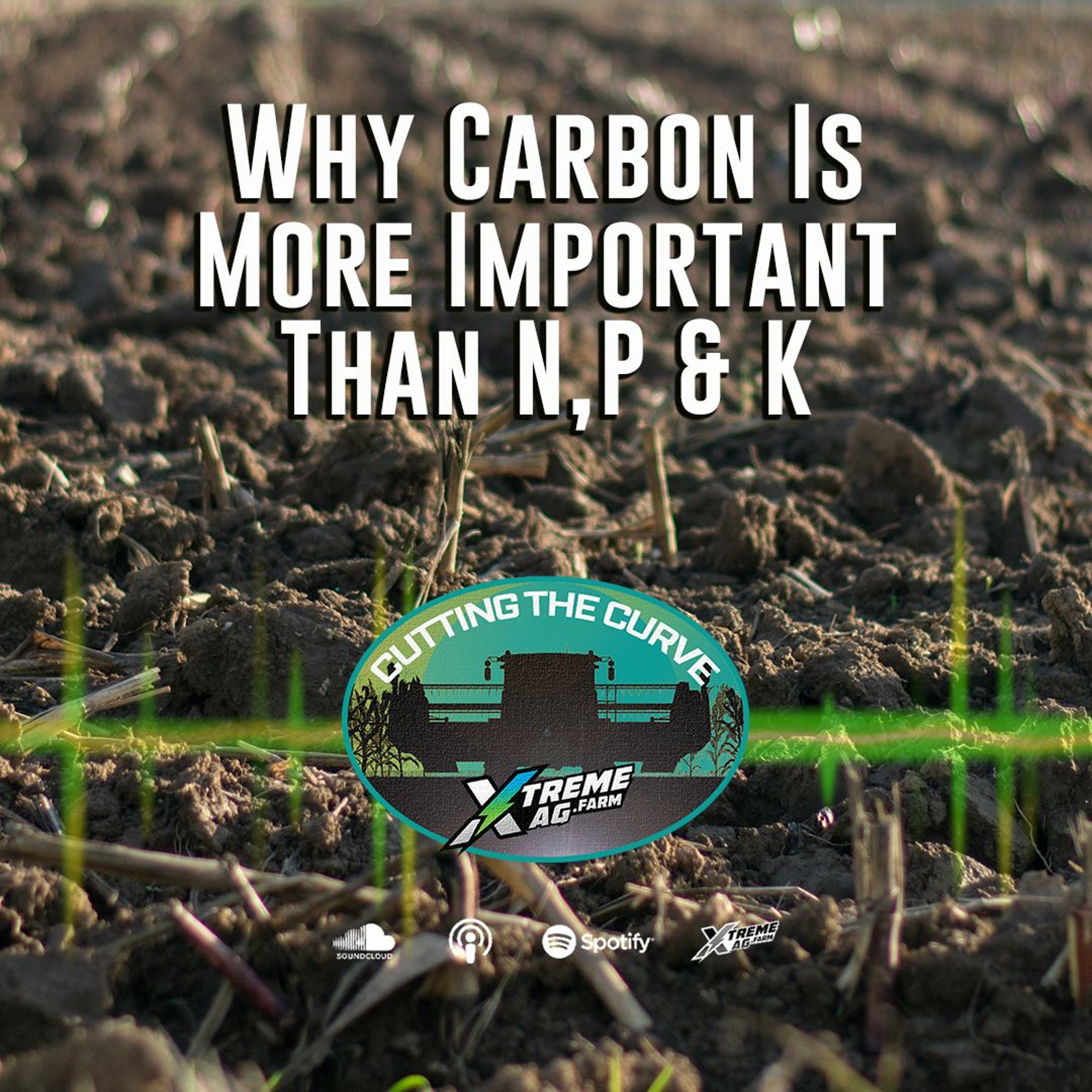
Why Is Carbon More Important Than N, P and K
We’ve been instructed since the advent of soil testing on the importance of the macronutrients — nitrogen, phosphorous, and potassium. But what about carbon? Where’s it on the soil sample, why do I need it, and where do I buy it for my crops? That inability to buy carbon — or for the inputs industry to sell it to farmers -- is precisely why Kelly Garrett says we’ve never been advised on carbon’s importance as a crop input. That’s all changing according to BiomeMaker agronomist Al Toops who says through advanced soil analysis is uncovering the role of carbon in soil biology. As Connor Garrett says, “N,P & K are like vitamins. Take them and they’ll make you feel better. But carbon is food. You can’t live without it.”
Presented by AgXplore
37:5008/08/2022

Tile Technology
Drain tile systems have come a long way in the last 20 years. What started as a functional way to drain water off a field has now become a a complete water management system that delivers precision control of the water table in their field. Damian talks with Darla Huff from ADS and Chad Henderson about the high-tech drain tile system he installed this spring.
08:5804/08/2022

Humics and Fulvics. When, Why and How?
Humic Acid and Fulvic Acid. What's the difference? One is for soil building and one is for nutrient uptake. We break down the details on when and how to use Humics and Fulvics on your farm and how do you know if they are working?
07:5601/08/2022

Short Cut - So You Wanna Start Tissue Sampling?
You listened/watched to the debate in part 1 (To Tissue Sample Or Not?), and you've decided you want to be a better tissue sampler now. In part 2, Chad, Molly and Stephanie talk about and demonstrate the best practices for tissue sampling.
17:1029/07/2022

Strategies For Reviving Soil Biology In A Dead Field
The Red River valley of southern Manitoba experienced flooding in Spring 2022. XtremeAg affiliate Riley Anderson had one field submerged under flood waters for more than a month. This would be a problem anytime of the year but with it happening during spring warm up, the flooding killed off soil biology. As Riley puts it, “It smelled like it was dead and rotting.” Now he’s working to revive his soil biology to make it productive and healthy sooner versus later. Because...degraded assets are bad for business and as a farmer, your soil is your biggest asset!
Presented by AgXplore
23:3928/07/2022

Short Cuts - Your Corn Wants Sugar
Chad Henderson has been applying sugar to his crop well before it was a "thing." In fact, before it was commercially available for agriculture use, Chad got his supply from the local warehouse supermarket until they stopped selling it to him as they thought he was making illegal whiskey.He knows it increases yield, but is he right? We ask the experts at Teva Corporation: why corn needs sugar?
08:0027/07/2022
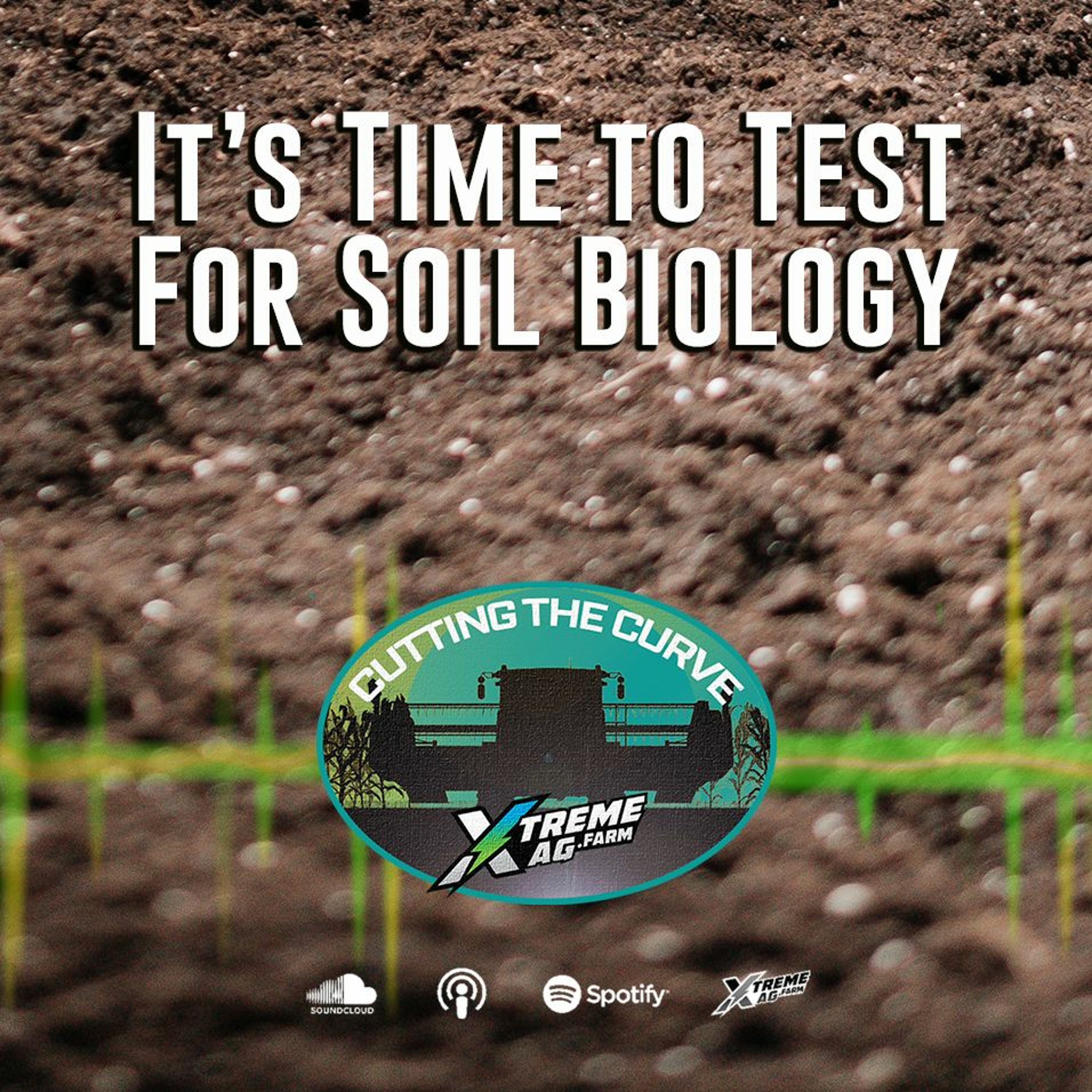
It’s Time to Test For Soil Biology
Each year 10 Million soil samples are pulled in North America. Those samples are sent to labs for analysis and the results are returned to farmers and their crop advisors. This is a good thing — knowing your nutrient and pH levels provides guidance for fertility treatments. The only problem: Much of what we do and how we do it when it comes to soil sampling hasn’t changed since the 1950’s! Al Toops with BiomeMakers joins Kelly and Connor Garrett of XtremeAg to discuss the future of soil analysis and why soil biology testing will change production Agriculture.
Presented by Advanced Drainage Systems with Support from Agricen.
39:0524/07/2022

Short Cuts - To Tissue Sample Or Not?
An estimated 5% or less of all farmers actually engage in regular tissue sampling of their crops. So, if you are not doing it, you are not alone. But that may not make it right. Chad believes in tissue sampling, sort of, and in certain situations, but he certainly does not live or die by the almighty tissue sample when it comes to his farming operation. Chad debates the value of tissue sampling with Agroliquid agronomists Stephanie and Molly and they discuss the best approach to using the information if you decide to tissue sample.
10:4121/07/2022

2 Ear or Not 2 Ear?
What's the deal with the second ear? Do you want a second ear? It is another ear of corn after all that contributes to yield, right? Or is it a bad thing that takes nutrients away from the primary ear? So is a second ear a good thing or a bad thing? We pose the question: 2 Ear or Not 2 Ear?
10:2318/07/2022
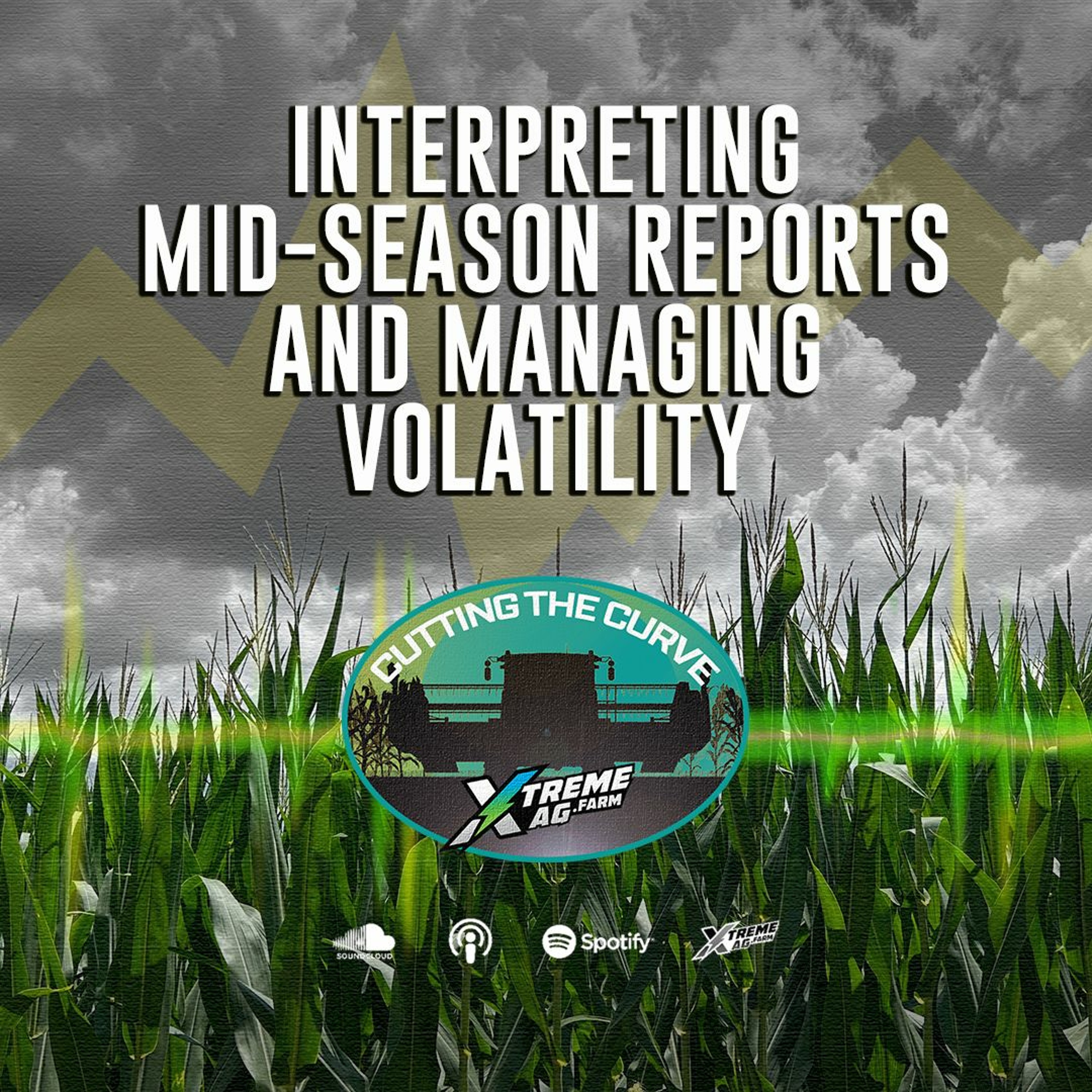
Interpreting Mid-Season Reports and Managing Volatility
USDA’s June 30th planted acres report sheds light on the reality of what’s in America’s fields (and decreases the amount of soybean acres by a couple million!). Two weeks later, the July 12th WASDE report gave us another batch of information. Between the two reports, commodities are down significantly from just a month ago. What does this mean for your marketing plan? Is now the time to cut your losses? Should you swing for the fences during the next little grain rally? Bryce Guse and Sean Findley, risk advisors with Silveus Financial explain what’s going on mid season and tell us why now isn’t the time to attempt the home run.
The risk of loss in trading futures and/or options is substantial and each investor and/or trader must consider whether this is a suitable investment. Past performance, whether actual or indicated by simulated historical tests of strategies, is not indicative of future results.
42:2415/07/2022
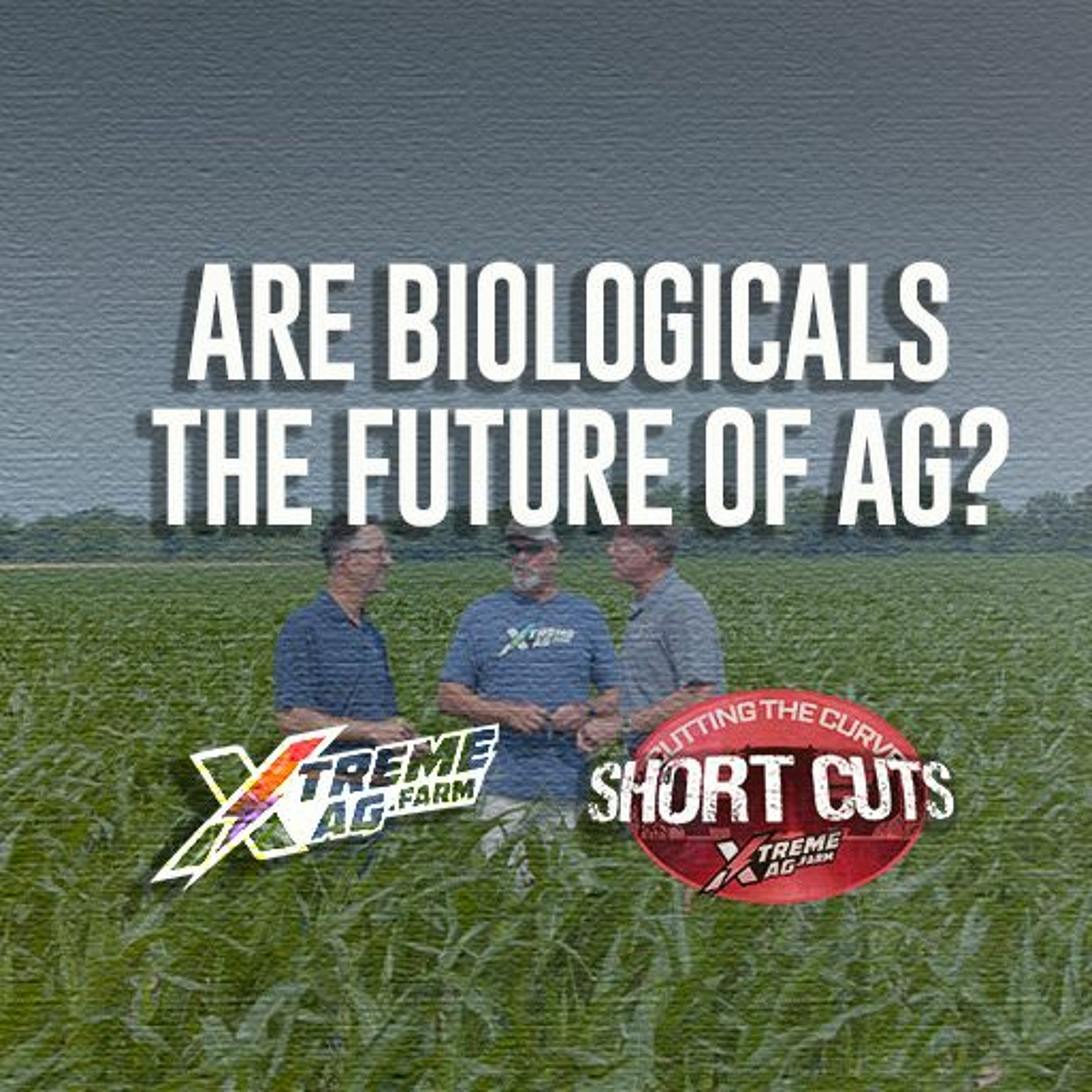
Are Biologicals The Future Of Ag?
Farming has changed significantly in the past few decades, and at top of the list in changes has been the increased availability and use of biologicals on modern farms. Will there soon be a time when all crop protection inputs will be biological based? Damian talks to Matt Miles and Trey Curtis from Concept Agritek about the not so far off future of agriculture.
13:2414/07/2022
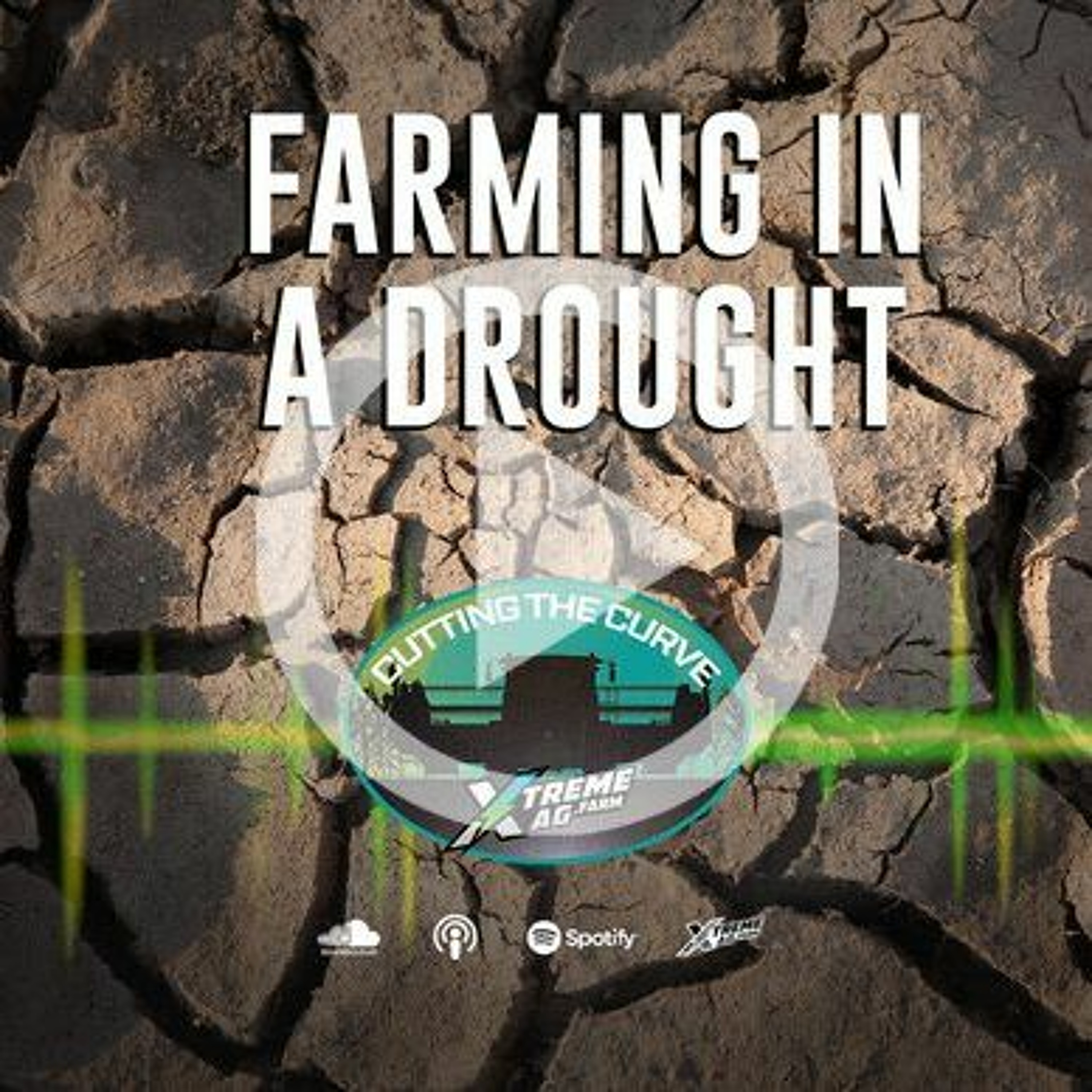
Farming In A Drought: Practices, Products, and Personal Preparation to Thrive When It’s Dry
Lee Lubbers farms in a pretty tough neighborhood, weather wise. Gregory, South Dakota receives about 18 inches of annual precipitation — and on dry years Lee reports less than 10 inches of precipitation. So, how does a farmer yield a good crop and produce a profit under such conditions? Lee explains his drought resistant practices and his product selection to produce a crop when it’s dry. Lee also discusses the personal side of farming in a drought and how he goes about managing a healthy mental state in the face of stress. Be sure to listen to the very end as Mr. Lubbers saved his best advice ’til the end!
Presented by Advanced Drainage Systems with support from Agricen.
34:0011/07/2022
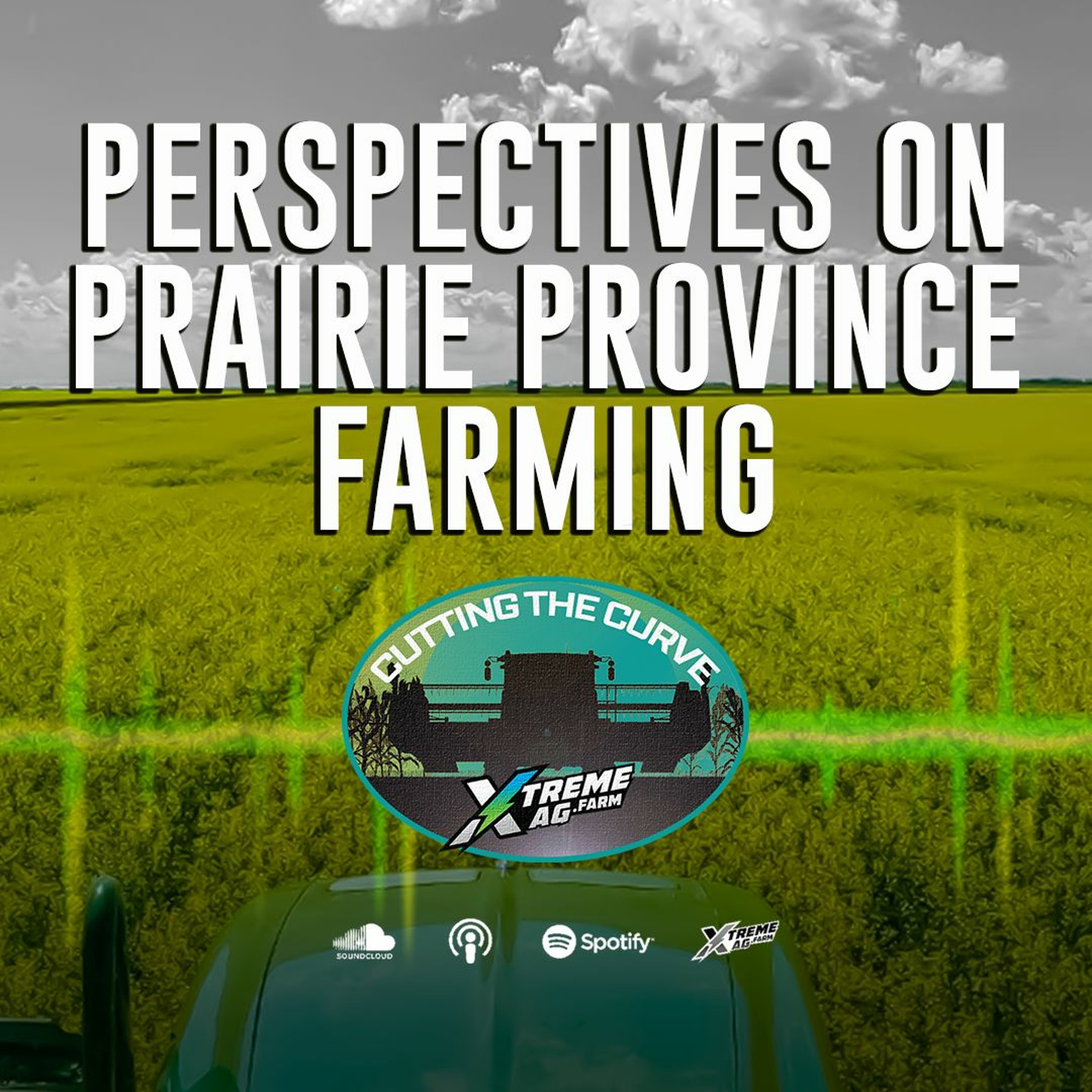
Perspectives On Prairie Province Farming
Riley Anderson farms 24 miles north of the North Dakota / Canada border. As our newest XtremeAg affiliate, Riley will be providing insights, updates, and product trials from his Manitoba operation. What unique challenges do farmers face in an area that dips down to —40 degrees Fahrenheit? How does the product mix change when you go north of the border? And how are commodity markets navigated differently in the western provinces from where you farm? We dig into those topics and more in this episode!
Presented by AgXplore
33:0307/07/2022
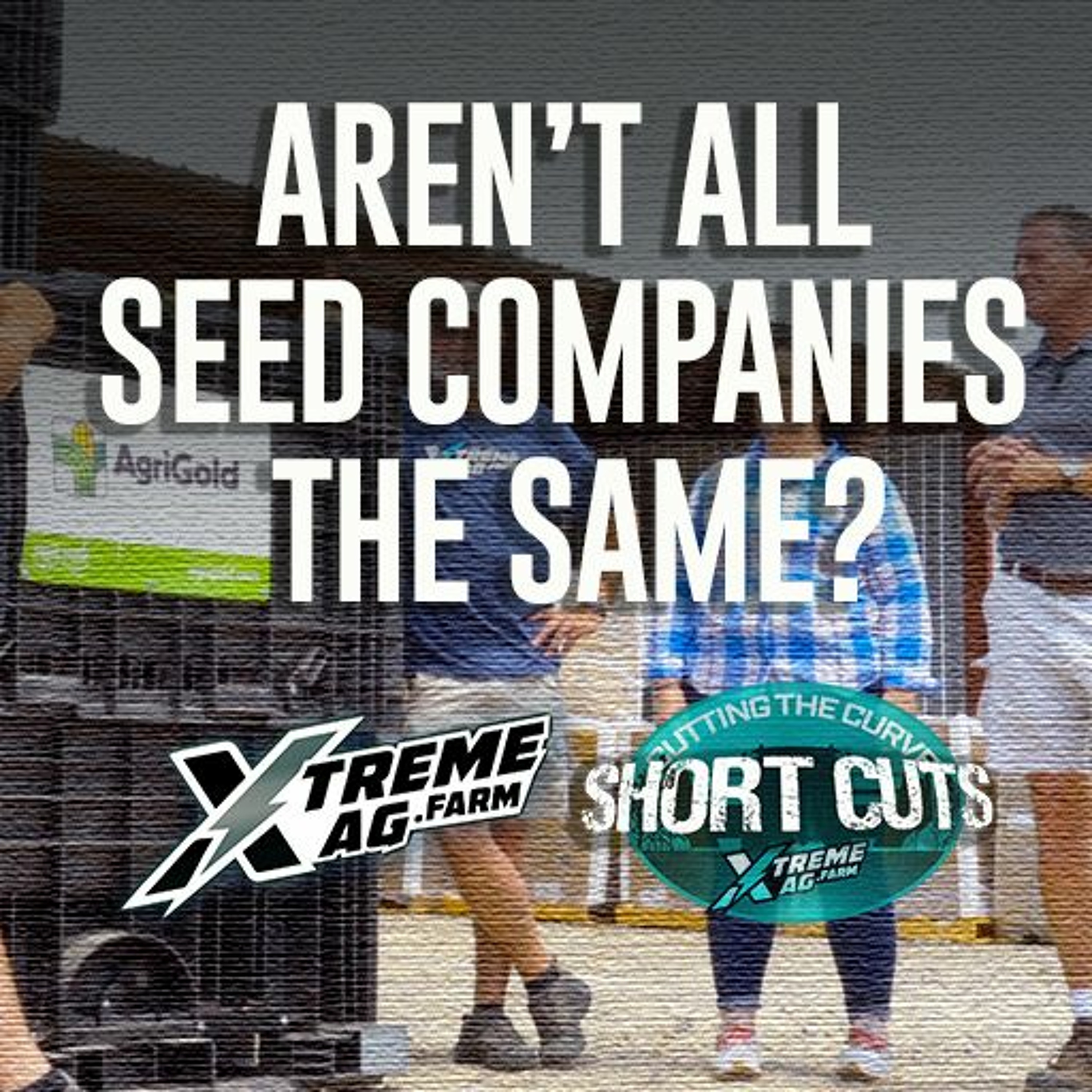
Aren’t All Seed Companies The Same?
It's all the same seed in a different bag with different label? Right? Damian asks the question and more with Agrigold's Leslie Rogers and XtremeAg's Matt Miles and Robb Dedman.
14:0505/07/2022
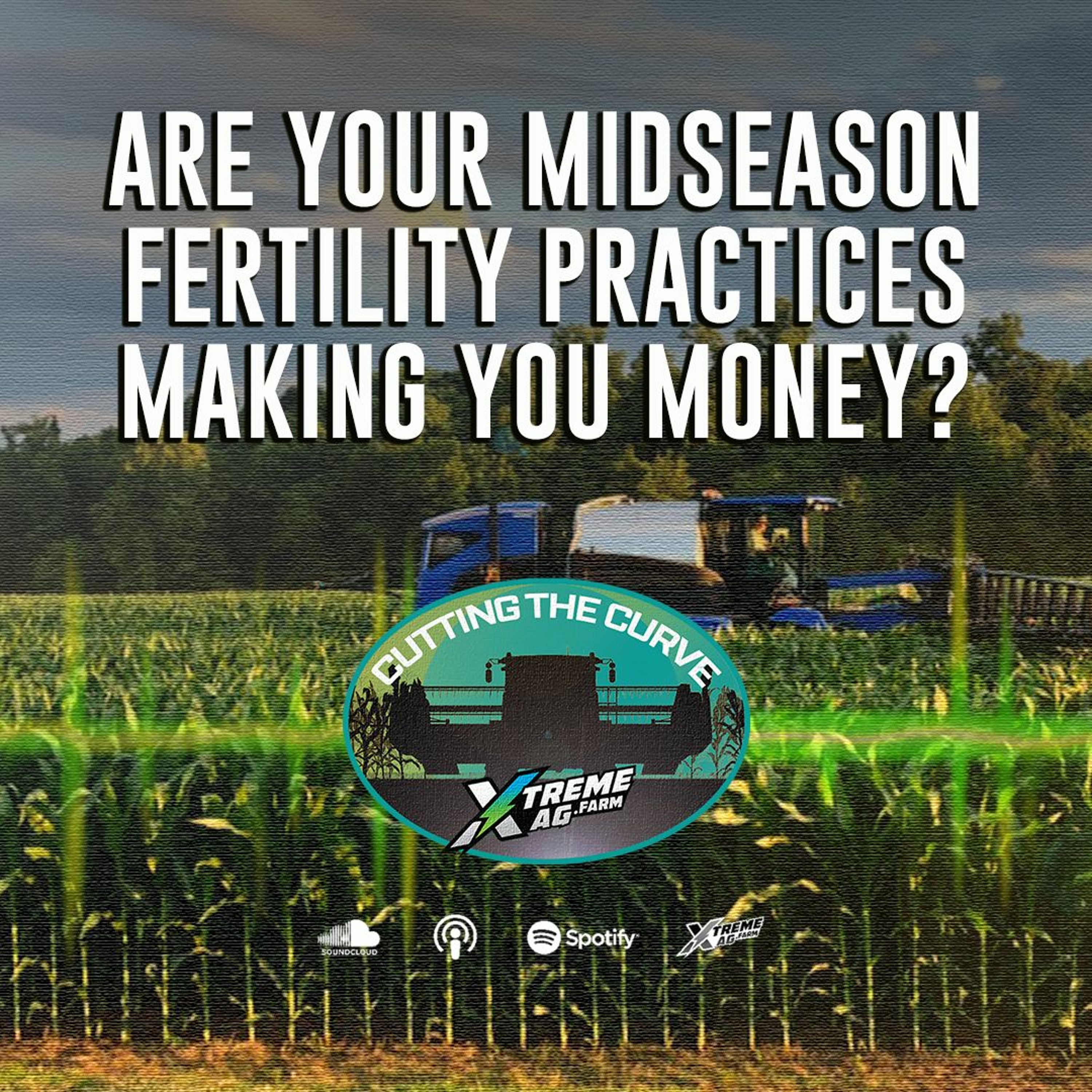
Are Your Midseason Fertility Practices Making You Money?
A few years ago we didn’t do much in way of fertility applications during the middle part of the growing season. That all changed for Iowa farmer Kelly Garrett after he experienced a 9 bushel yield bump on soybeans after he foliar-applied nutrition products mid season. Now mid season nutrition applications are standard practice for Kelly who’s experienced a 3 fold return on his fertility investment. Tommy Roach of Nachurs joins Kelly to explain the agronomics of higher yields through mid season fertilization.
Presented by Advanced Drainage Systems
31:2805/07/2022

2022 Disease Pressure - Preventing Profit Loss
Crop diseases — and we’re mostly talking about fungal problems — cost you yield and money. The worst part: By the time you know you have a problem, much of the damage is already done. That’s why, in general, an ounce of prevention is worth a pound of cure. Kim Tutor, Technical Marketing Manager with BASF explains disease issues to lookout for this year — from Tar Spot in corn, to Pythium in soybeans, and DON (that’s an abbreviation!) in wheat. A good looking crop means nothing if you have unseen problems lurking in your fields!
53:0027/06/2022

Short Cuts- Matts Cotton Foliar Program
Matt Miles will make11 different foliar passes on his cotton field this season. Seems about right for a plant that Matt says is trying to die from the minute it emerges. 6 of those passes will be part of a trial he is doing with Agroliquid to foliar feed potassium into the plant. He is joined by Molly from Agroliquid and his agronomist, Robbo, to talk about the foliar feeding regimen he plans to implement on this year's crop.
16:0521/06/2022





